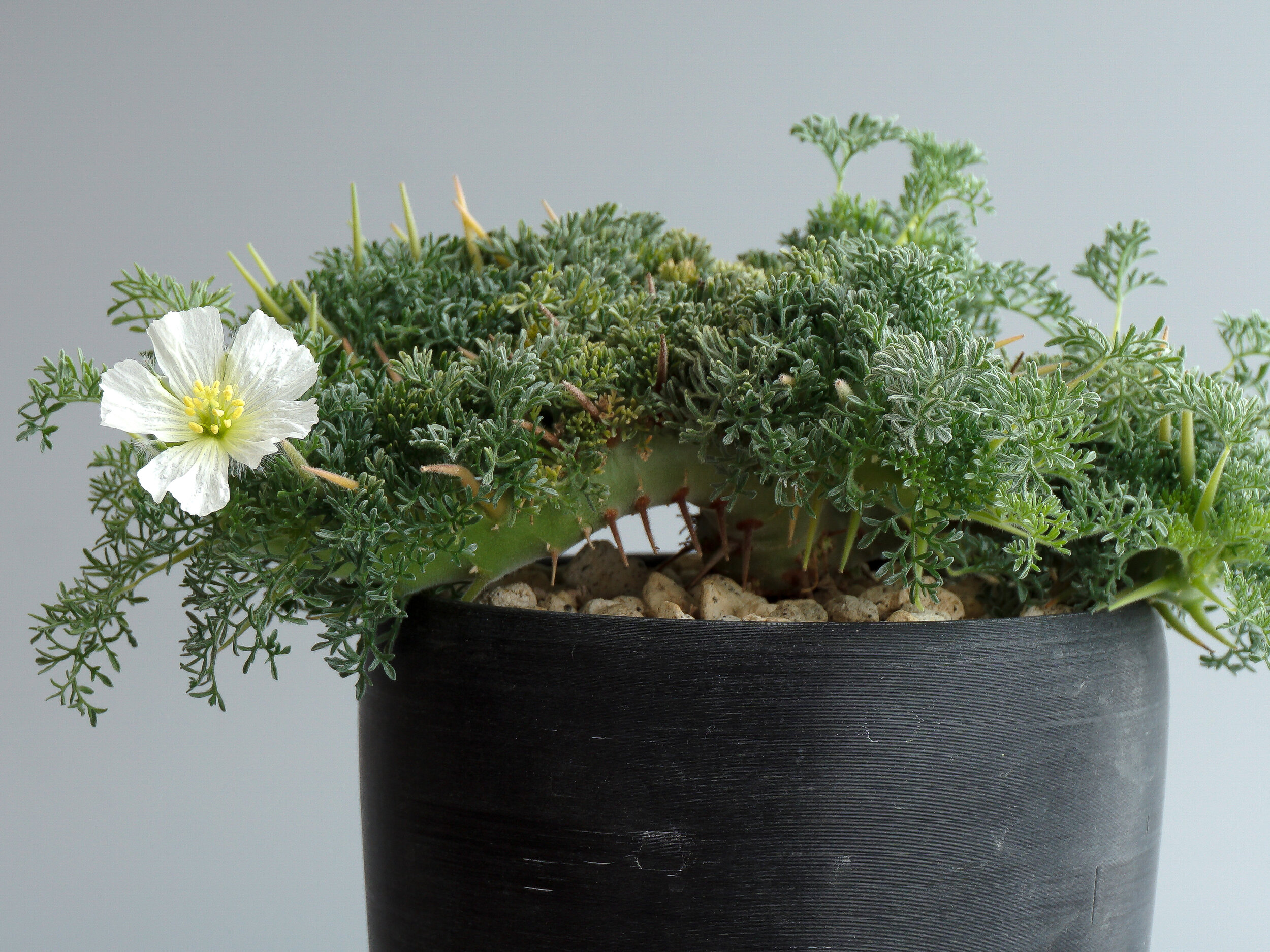Monsonia multifida (Sarcocaulon multifidum), about 6.5 months old from sowing seeds.
モンソニア ムルチフィダ(サルコカウロン ムルチフィズム)播種から6か月半ほど
Cultivation of Sarcocaulon from seeds
サルコカウロンを種子から育てる
龙骨葵属(月界)播种栽培(这里有中文翻译)
First release: 2021.06.01 Last updated: 2021.11.22 Author: Toshiro Mori | 森 敏郎
Sarcocaulon (dozens of species in the genus Monsonia, which until recently was classified under the former genus Sarcocaulon) is a shrub native to Africa with thick stems. The stems are covered with wax that prevents them from drying out, and because this wax burns well, it is also known as "Bushman's Candle". It is found in extremely arid areas such as the deserts of Namibia and the mountainous regions of South Africa, where annual rainfall is less than 250 mm, and it grows less than a few millimeters per year in its native habitat. The native population of this very slow-growing plant continues to decline due to the destruction of its native habitat by mining for diamonds and other mineral resources and poaching to sell to plant collectors around the world. Many species are threatened with extinction, including Monsonia peniculina (Sarcocaulon peniculinum), Monsonia. multifida (Sarcocaulon multifidum), and others.
サルコカウロン(モンソニア属の中で、最近まで旧サルコカウロン属に分類されていた十数種)は、太い塊茎が特徴のアフリカ原産の低木です。塊茎は乾燥を防ぐワックスに覆われており、このワックスがよく燃えることから「ブッシュマンズキャンドル」の別名があります。ナミビアの砂漠や南アフリカの山岳地帯など、年間降水量が250mm以下という極度の乾燥地帯に生息しており、自生地では年に数ミリ以下しか成長しません。この非常に成長の遅い植物は、ダイヤモンドなどの鉱物資源の採掘による自生地の破壊や世界中の植物コレクターに売るための密猟により、野生での個体数を減らし続けており、Monsonia peniculina (Sarcocaulon Peniculinum)、Monsonia.multifida (Sarcocaulon multifidum)など、多くの種が絶滅を危惧されています。
Due to the recent Caudiciform plant fad, many wild plants have been imported to Japan. These are old trees that are two to three orders of magnitude old, even if they are palm-sized if you count backward from their original growth rate. Because trees of the same age in Japan are treasured as a symbol of the local community or are decorated religiously and treated with respect as trees of divine dwelling, I don't think it's right to consume such old trees of rare plants as fads. I also think that if you are attracted to this plant and want to stay with it for five or ten years, or even longer, it would be much more fun to grow it from seed with your own hands than to get a mature tree that is already finished.
On this page, I would like to introduce the method of seedling of Sarcocaulon that I have been seeking personally. Originally, I took it easy, hoping to get some results before my lifespan, but the results have been surprising, such as flowering in less than half a year after germination and growing to a plant size of 20 cm in diameter in less than a year. →Cultivation records that are posting on external sites
Monsonia herrei (Sarcocaulon herrei). This plant is about 11 months old from sowing seeds.
モンソニア ヘレー(サルコカウロン ヘレー)播種から11か月ほど
近年の塊根植物ブームにより、日本にも多くの野生株が輸入されています。それらは本来の成長速度から逆算すれば、手のひらに乗るようなサイズでも樹齢二桁から三桁はあるような古木たちです。日本で同じくらいの樹齢の木が地域を象徴する存在として大切にされていたり、しめ縄をされて神木として丁重に扱われていたりすることを考えると、私はこのような希少な植物の古木を流行で消費してよいとは思えないでいます。
そして、この植物に魅力を感じ、5年や10年、あるいはそれ以上に長く付き合っていくのなら、既に完成された成木を手に入れるよりも、自分の手で種子から育てたほうがずっと楽しそうだとも思います。
このページでは、私が個人的に模索してきたサルコカウロンの実生方法を紹介します。もともとは、自分自身の寿命が来るまでに何か結果を出せれば、と気長に構えていましたが、発芽から半年足らずで開花、1年足らずで株径20cmに届くような大きさに成長するなど、意外な結果が出ています。→外部サイト(Green Snap)に投稿している栽培記録
I don't have a lot of experience growing plants, to begin with. So far, my cultivation method seems to be working well, but this is not something I arrived at through years of experience and intuition, but rather through a combination of incomplete information about the native habitat, my misunderstandings, and the goodwill of many people who have generously shared their records and know-how on the Internet. It's like a coincidence.
In addition, as there is always a flaw in promoting cultivation, I may find such a flaw in my cultivation method later on. The reason why I am publishing this method is not that I want to say "this is the best way", but because I think that many people with more experience than me may find this page useful in creating better methods of cultivation.
私は植物を育てた経験は多くありません。今のところこの栽培方法は上手くいっているように見えますが、これは長年の経験や勘からたどり着いたというよりは、自生地に関する不完全な情報や私自身の勘違いと、ネットで記録やノウハウを公開している沢山の人の善意が組み合わさって偶然見つかったようなものです。そして、促成栽培には欠点がつきものなので、自分の栽培法も、後になってそうした欠陥が見つかるかもしれません。私がこの栽培方法を公開する理由は、決して「これがベストだ」と言いたいからではなく、私よりも経験豊かな多くの人たちがこのページを見ればより良い栽培方法が生まれるかもしれない、と思うからです。
Sarcocaulon is a fascinating plant. I believe that if good cultivation methods are spread, more people will be able to grow it more easily than now. Just as you can never find a great bonsai tree in the wild, the cultivation techniques will improve and we may be able to produce cultivars with even better branching and flowers than the wild ones. If this happens, the number of wild plants in circulation will be much smaller than it is now, and poaching in their native habitats will be reduced.
Seeds of Monsonia multifida (Sarcocaulon multifidum). The two on the right are empty.
モンソニア ムルチフィダ(サルコカウロン ムルチフィズム)の種子。右の2つは中身なし
サルコカウロンは魅力的な植物です。良い栽培方法が広まれば、今よりもっと沢山の人が、もっと気軽に育てられるようになると思います。素晴らしい盆栽が決して野生のままの樹木の中からは見つからないのと同様に、今後栽培技術が高まれば、野生株以上に素晴らしい枝ぶりの栽培株や、素晴らしい花を持つ園芸品種が生まれるかもしれません。そうなれば相対的に、野生株の流通は今よりもずっと少なくなり、自生地での密猟も減らせるのではないか、と考えています。
Upon the publication of this article, I would like to thank shabomaniac! (reference link), Takao Miura/ Noah's ART of kannaricaudex.com (reference link1, reference link2), and Brandon Beck, a member of the Facebook Sarcocaulon Society, whose blog posts and articles were especially helpful in my search for this cultivation methods.
記事の公開にあたって、この栽培方法の模索の際ブログ記事や投稿を特に参考にさせていただいた、shabomaniac!氏(参考リンク)、kannaricaudex.comのTakao Miura/ Noah’s ART氏(参考リンク1、参考リンク2)、Facebook Sarcocaulon SocietyメンバーのBrandon Beck氏に感謝の意を表します。
Also, while I was working on this page, James Tucker of the Caudiciform and Pachycaul Society, which aims to build a global community for the conservation and cultivation of tuberous plants and to reduce the impact on their native habitat, happened to ask me to write an article, which I did in the form of a Q&A. Thank you, James.
The Caudiciform and Pachycaul Society website has a lot of information on caudiciform plants, including articles on how to grow Pachypodium, Dioscorea, etc., and a library with access to various papers. In particular, I recommend the article "Delay Gratification, Grow from Seed." as it is a great encouragement to those of us who sow seeds.
また、このページの制作中に偶然、塊根植物の保護と栽培のための世界的なコミュニティ構築と自生地への負荷削減を目指すCaudiciform and Pachycaul SocietyのJames Tuckerさんから記事執筆の依頼があり、Q&A形式で記事を書かせていただきました。Jamesさん、ありがとうございます。Caudiciform and Pachycaul SocietyのサイトにはPachypodiumやDioscoreaなどの実生方法の記事を始め、各種論文にアクセスできるライブラリーなど、塊根植物に関する情報が沢山まとめられています。とりわけ、"Delay Gratification, grow from Seed."は種子を蒔く人間を勇気付ける素晴らしい記事なのでお勧めです。
(Added in July 2021… Cactus and succulent enthusiast Brooks Xu (MrEksU) of Nanjing has produced a Chinese translation of this article. Thank you Brooks for the excellent Chinese translation, and thank you for giving me permission to publish the translation of this article.)
(2021年7月追記… サボテンと多肉植物の愛好家である南京市のBrooks Xu (MrEksU) さんがこの記事の中国語訳を作成してくれました。Brooksさん、素晴らしい中国語訳と公開の許可を感謝いたします。)
A line of LEDs and a fan.
並んだLEDと扇風機
1. location and temperature control
I have been growing my plants indoors all year round, mainly for temperature control reasons, and according to WeatherSpark, the climate near the Orange River in Namibia, the native habitat of M. multifida has a moderate temperature variation throughout the year, which I think is within the range that people can comfortably live indoors. Of temperature, light, wind, and water, summer and winter temperatures are the most difficult to manage in Japan, so my basic approach to creating a growing environment is to place the growing shelves indoors and use human-grade building insulation and air conditioning while supplementing light and wind with equipment. In the summer, I use the room where I keep the plants as my workroom, and I use the air conditioner to keep the maximum temperature between 28 and 30 degrees Celsius. In the winter, I use a stove in the living room next to the plant room to keep the temperature at a minimum of 10 to 15 degrees Celsius.
1. 置き場所と温度管理
主に温度管理上の理由から、年間を通して室内で栽培しています。WeatherSparkでM. multifidaの自生地、ナミビアのオレンジ川近郊の気候を調べると、一年の温度変化が穏やかで、おおよそ日本の室内で人が快適に過ごせるくらいの範囲に収まることがわかります。温度、光、風、水のうち、日本で最も管理が難しいのが夏冬の温度なので、栽培棚を室内に置いて人間用の建築の断熱性能や空調をうまく流用しつつ、光と風は機材で補う、というのが自分の栽培環境構築の基本的な考え方になっています。
実際の温度管理においては、夏場は植物を置いた部屋を在宅の仕事部屋と兼用しており、エアコンを使って最高気温をおおむね28℃〜30℃くらいに保っています。冬場は植物部屋の隣のリビングでストーブを使って生活しており、最低気温10℃~15℃くらいを確保しています。
2. light
The light is provided by a combination of sunlight from the window and high-power LEDs, hipargero's HG400. Multiple LEDs are connected and arranged on the top row of a metal rack and are automatically controlled by an outlet timer that sets the lighting time from 5 a.m. to 7 p.m. Each LED can illuminate an area of roughly 50 cm in length and width. The shelves on which the plants are placed are about 40cm below the LEDs, and when I measured the brightness near the plants with my camera's exposure meter, the light output was between 13.5EV (29000lx = light cloudy) and 14.5EV (58000lx = sunny). It is powerful, but the cooling fan is quite noisy.
2. 光
光は窓からの若干の太陽光と高出力LEDを併用しています。LEDはhipargero社のHG400という機種です。メタルラックの上段に複数個を連結して並べ、コンセントタイマーで点灯時間を朝5時から夜19時までに設定して自動制御しています。1つにつきおおよそ縦横50cmほどの範囲を照らせます。植物を置いている棚板はLEDから40cmほど下にあり、カメラの露出計で植物付近の明るさを測定したときは13.5EV(29000lx=薄曇り)から14.5EV(58000lx=晴れ)くらいの光量が出ていました。強力ですが、冷却ファンの音はかなりうるさいです。
3. wind
To promote transpiration while preventing overgrowth and root rot, I apply fan air 24 hours a day. The strength of the fan is set to low among the three levels of weak, medium, and strong. I could probably make it stronger, but I think the stronger the wind, the more difficult it will be to replenish the water as described below.
3. 風
徒長や根腐れを防ぎつつ蒸散を促すため、扇風機の風を24時間当てています。強さは弱中強の三段階の中で弱に設定しています。もっと強くしてもいいのかもしれませんが、風を強くすればするほど後述する水の補給が大変になると思います。
4. soil
I don't use seed-starting soil, but sow them in soil for adult trees from the beginning. The mix is 50% cactus soil with the dust removed, 40% pumice stone, 10% zeolite, and a specified amount of Magamp K (slow-release chemical fertilizer).
4. 土
種まき用の用土は使わず、最初から成木用の土に蒔きます。配合は微塵を抜いたサボテン用土50%に中粒軽石40%とゼオライト10%、元肥に規定量のマグァンプK(緩効性化成肥料)です。
Monsonia peniculina (Sarcocaulon peniculinum), a seed after shelling.
モンソニア ぺニクリナ(サルコカウロン ペニクリナム)殻剥き後の種子
5. shelling and water absorption
To increase the germination rate of the seeds, I always shell and absorb water before sowing. ( Added in November 2021… In this article, I used the word "shell" to make it easier to understand, but the hard material covering the seed is actually the fruit, not the shell. Andrea Cattabriga, thanks for pointing that out.) Before shelled seeds are quite water-repellent, but if you submerge them in water for one to three hours, the crunchy shells will soften and become a little soft. The shells have slits for roots and shoot to emerge, so crush the shells from above and below to push the slits open and carefully remove the seeds inside. The shells are elastic, so be careful not to pop the seeds when you take them out. Tweezers make the job easier. The seeds are an opaque brown color with a slight wrinkle on the surface from drying. The seeds are soaked in water mixed with Menedael (an iron-based horticultural trace supplement) for four to five hours to complete water absorption. The water-absorbed seeds turn opaque light beige, swell slightly, and lose their wrinkles. Dead seeds are often a translucent dark brown color, so to some extent, you can tell if they are alive or dead by their color. The seed is shaped like a crab claw. The tip of the short claw is the tip of the larval root, and the tip of the long claw is the tip of the cotyledon. I believe that the germination process is as follows: first, the young roots grow long downward, then the cotyledons emerge from the soil with their heads leaning back, and then the twin leaves open while shedding the seed coat.
5. 殻剥きと吸水
種子の発芽率を上げるため、播種の前に必ず殻を剥いて吸水させています。(2021年11月追記… この記事では説明をわかりやすくするために殻と書いていますが、種子を覆う硬いものは実際には殻ではなく果実にあたる部分です。Andrea Cattabrigaさん、ご指摘をありがとうございます。)
殻付きの種子はかなり水を弾きますが、1〜3時間ほど水に沈めると硬かった殻がふやけて少し柔らかくなります。殻には根や芽が出てくるためのスリットが開いているので、それを上下から潰すようにしてスリットを押し広げ、中の種子を丁寧に取り出します。殻は弾力があるので、取り出すときに種子が弾き飛ばされないよう注意します。ピンセットがあると作業が楽です。
種子は不透明な茶色で、乾燥によって表面に僅かに皺がよっています。この種子を4〜5時間ほどメネデール(鉄系の園芸用微量成分補助剤)を混ぜた水に漬け、吸水完了としています。
吸水の済んだ種子は不透明な明るいベージュ色になり、少し膨らんで皺が消えます。死んでいる種子は透き通った暗い茶色のことが多いため、ある程度は色で生死を判別できます。
種子はカニの爪のような形をしています。短い爪の先端が幼根の先、長い爪の先端が子葉の先です。最初に幼根が下に長く伸び、次に子葉が頭をもたげながら土から顔を出し、種皮を脱ぎつつ双葉を開く、というのがおおよその発芽のプロセスだと考えています。
6. Sowing
Fill a pot about 12 cm in diameter with soil, disinfect with boiling water, and rinse off the fines with plenty of water. At this time, fill the pot to the very edge. If the sarcocaulon is growing well, its branches will crawl up to the ground. If there is not enough soil, the branches will get caught on the edge of the pot. Next, sow the seeds directly into the pot, one seed per pot, pointed side down, deep enough to slightly cover the top. I don't use nursery pots or group seedlings, as they will need to be transplanted later. Young seedlings seem to have quite weak roots, and if they are transplanted while they are still small, sometimes the above-ground parts may suspend moving about the size of a pinky nail six months or more. Direct sowing in large pots takes up a lot of space, but I think it is better to grow them up to adult size without transplanting even once to avoid problems.
6. 播種
直径12cmほどの鉢に土を入れ、熱湯消毒と充分な水で微粉を洗い流します。このとき、土は鉢の縁ぎりぎりまで入れます。サルコカウロンは順調に育つと枝が地を這うように伸びていくため、土が少ないと枝が鉢の縁に引っかかってしまいます。次に、種子を鉢一つにつき1粒ずつ、尖ったほうを下にして、上部が少し隠れるくらいの深さに直播きします。寄せ植えや育苗ポットは移植が必要になるため採用していません。幼苗はかなり根が弱いようで、小さいうちに移植をすると小指の爪くらいのサイズのまま半年~年単位で地上部の動きが止まってしまうことがあります。大きな鉢への直播きは場所をとりますが、一度も移植を挟まず成木サイズまで一気に育てるほうがトラブルを防げると考えています。
7. germination
Immediately after sowing, the plants are exposed to the same intensity of light and wind as the adult trees. As soon as they emerge from the soil, the twigs seem to have the ability to acclimatize to high light, and when they germinate well, the leaves turn a little reddish and the stems become thicker with little change in height. On the other hand, twin leaves that sprout under low light have difficulty in acclimatizing to high light, and their petioles tend to shrivel and die. The stems also become long and slender like a bean sprout.
Monsonia multifida (Sarcocaulon multifidum), a few days after germination.
モンソニア ムルチフィダ(サルコカウロン ムルチフィズム)発芽から数日目
7. 発芽
播種直後から成木と同じ強さの光や風を当てます。双葉は土から顔を出してすぐなら強光への順化能力があるようで、順調に発芽すると葉はやや赤みが差し、茎はほとんど伸びず、ほとんど高さを変えないままどっしりと太くなっていきます。逆に弱光下で芽生えた双葉は強光への順化が難しいため、葉柄が萎れて枯れ落ちやすくなります。また、茎もモヤシのように細長く徒長してしまいます。
Monsonia peniculina (Sarcocaulon peniculinum), about 2.5 months old from sowing.
モンソニア ぺニクリナ(サルコカウロン ペニクリナム)播種から2か月半ほど
8. water
Regardless of the season or the size of the plants, I keep them in a saucer filled with water. The height of the water surface should be about 20mm from the bottom of the pot. Water absorption is done from the saucer, but just after sowing, I mist the soil from above to adjust the degree of dryness so that the topsoil does not become dry in the wind. After germination, it doesn't seem to matter if the soil is a little dry as long as it is above where the roots have burrowed. By the time the stems start to grow and some leaves appear, the topsoil is always dry and the bottom is always wet. I have no idea if this management method is possible with seedlings grown with less water, or with wild plants. Also, if the topsoil is perpetually wet due to air circulation, sunlight, soil combination, etc., it may be safer to adjust the dryness of the soil by watering a little less.
8. 水
季節やサイズに関係なく、受け皿で腰水管理です。水面の高さは鉢の底から20mmほどです。給水は基本的に受け皿から行いますが、播種直後だけは風で表土がカラカラにならないように上からも霧吹きを掛けて渇き具合を調整しています。発芽後は根が潜った位置よりも上の土なら多少乾いても構わないようです。茎が太り始め、本葉が勢いよく何枚か出る頃には、表土は常にカラカラに乾いた状態、底は常に腰水となり、以後この状態をずっと続けていくことになります。この管理方法が種子からずっと腰水で育ててきた株だから可能なのか、それとも少ない水で育てられた実生苗や現地の株でも可能なのかは全くわかりません。また風通しや日照、土の組み合わせなどによっていつまでも表土が湿ってしまう場合は、少し水を減らすなどして土の乾き具合を調整した方が安全かもしれません。
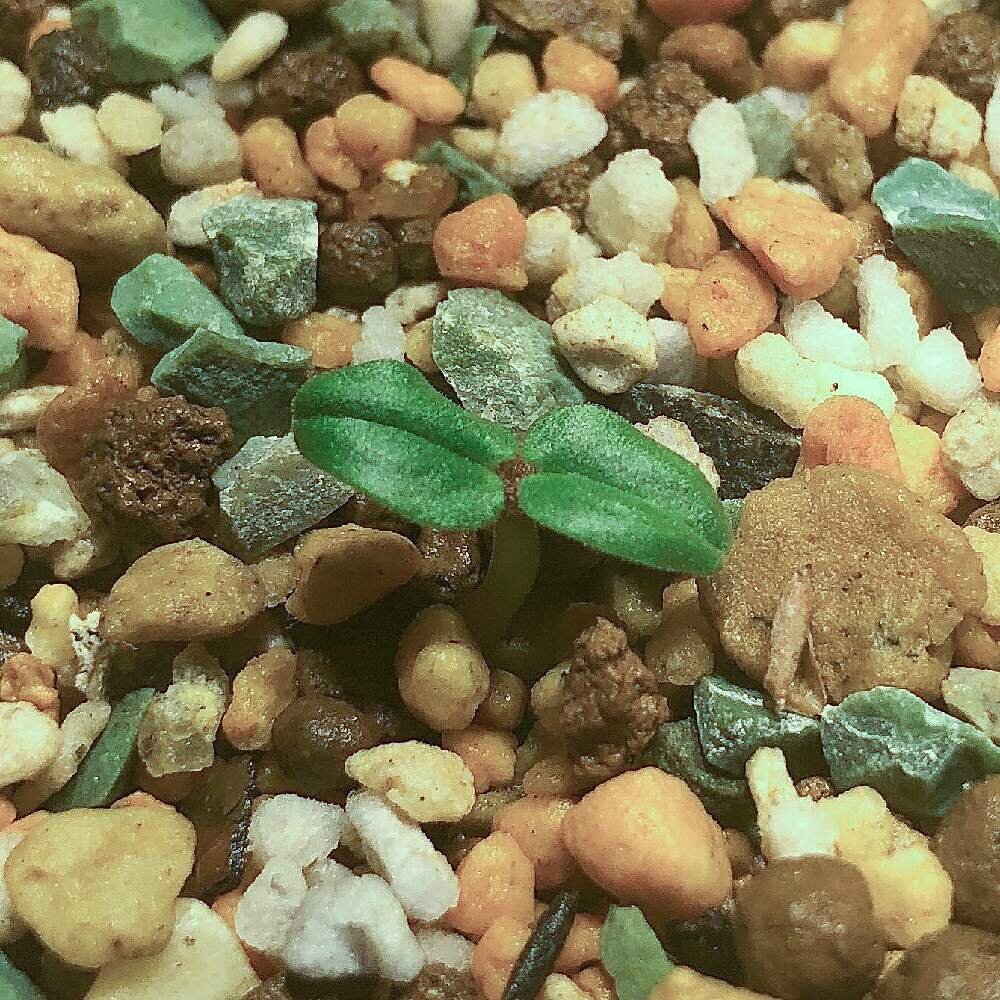
herrei 20.07.06

herrei 20.07.15

herrei 20.07.31

herrei 20.08.08

herrei 20.08.24

herrei 20.09.01
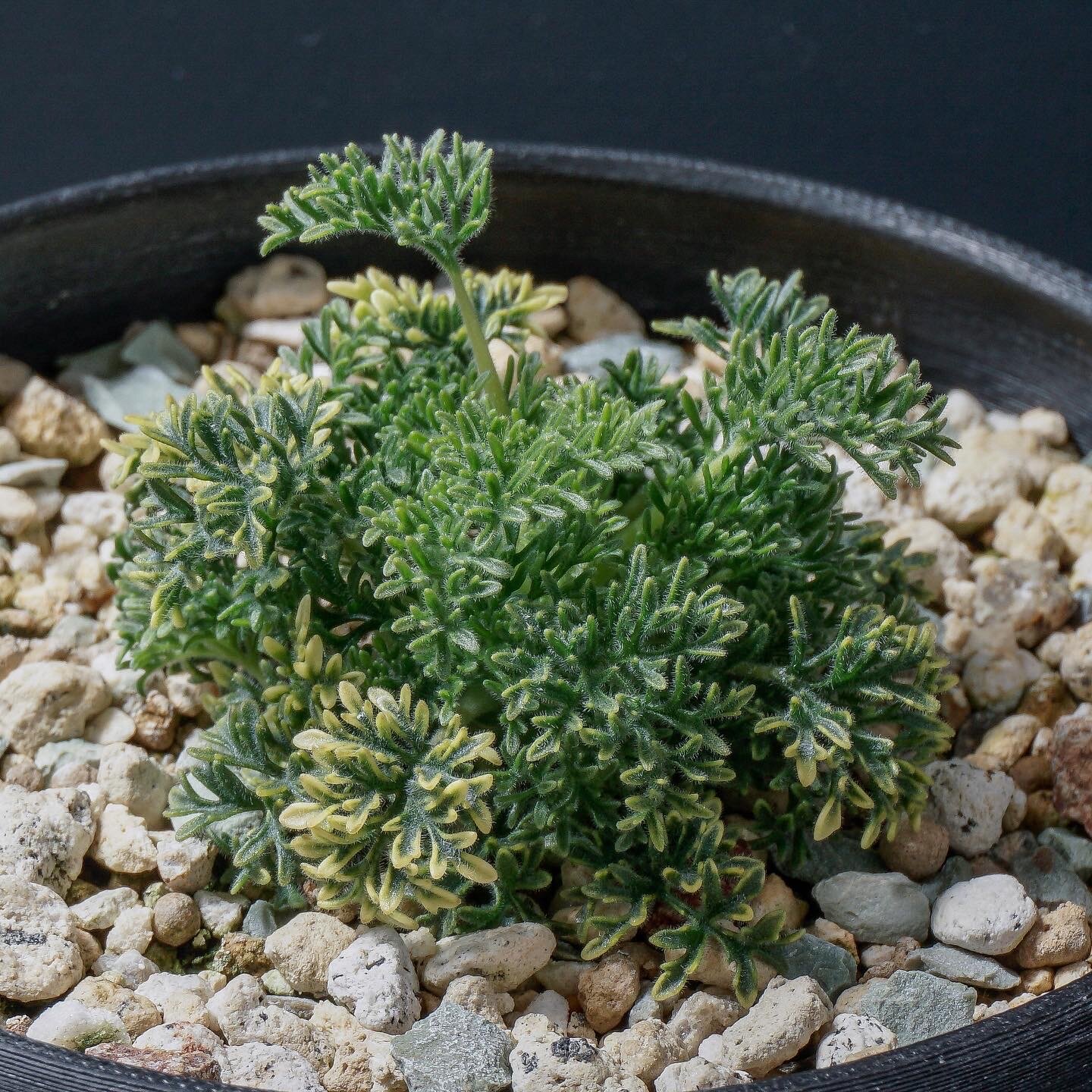
herrei 20.09.12

herrei 20.09.29

herrei 20.10.06
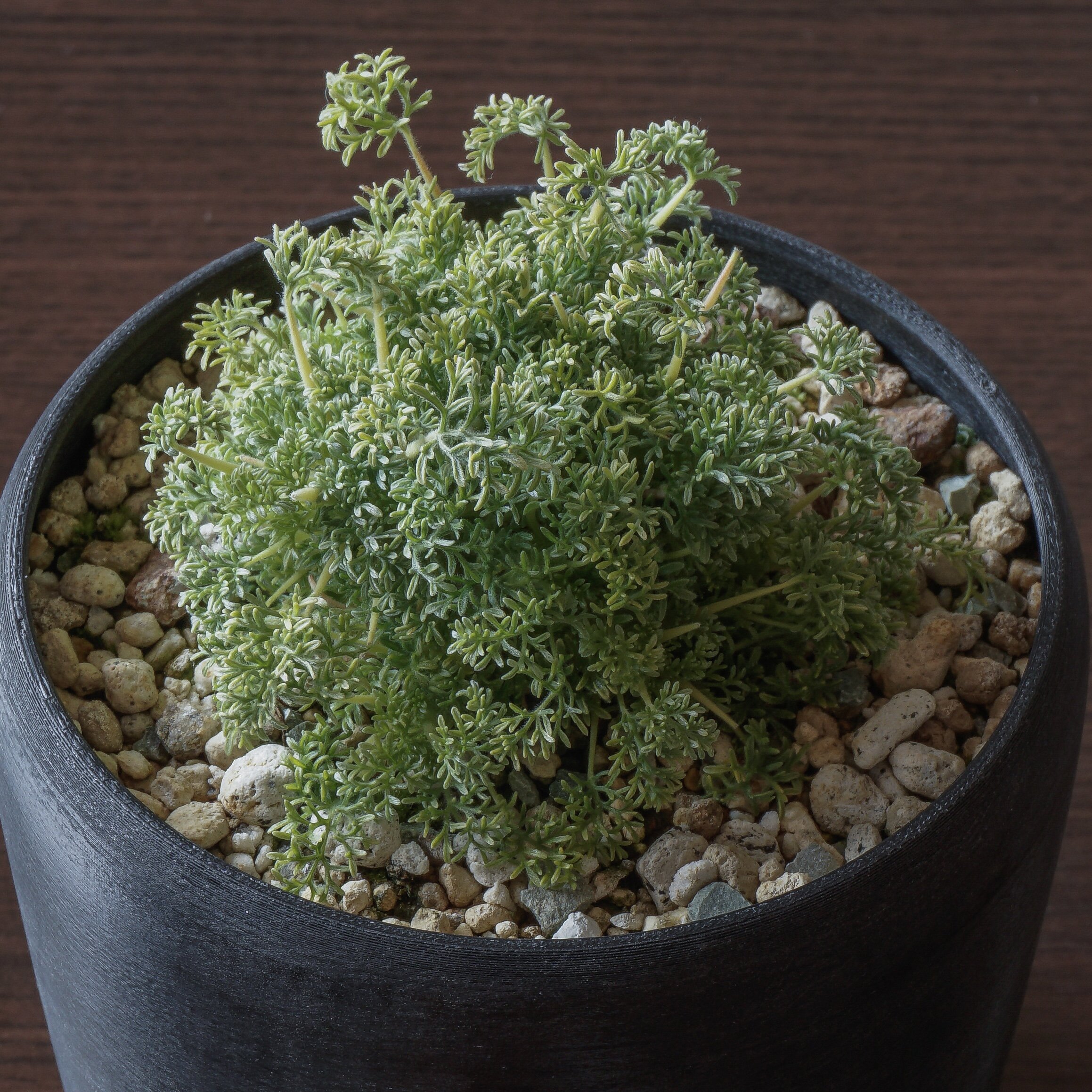
herrei 20.11.04 01
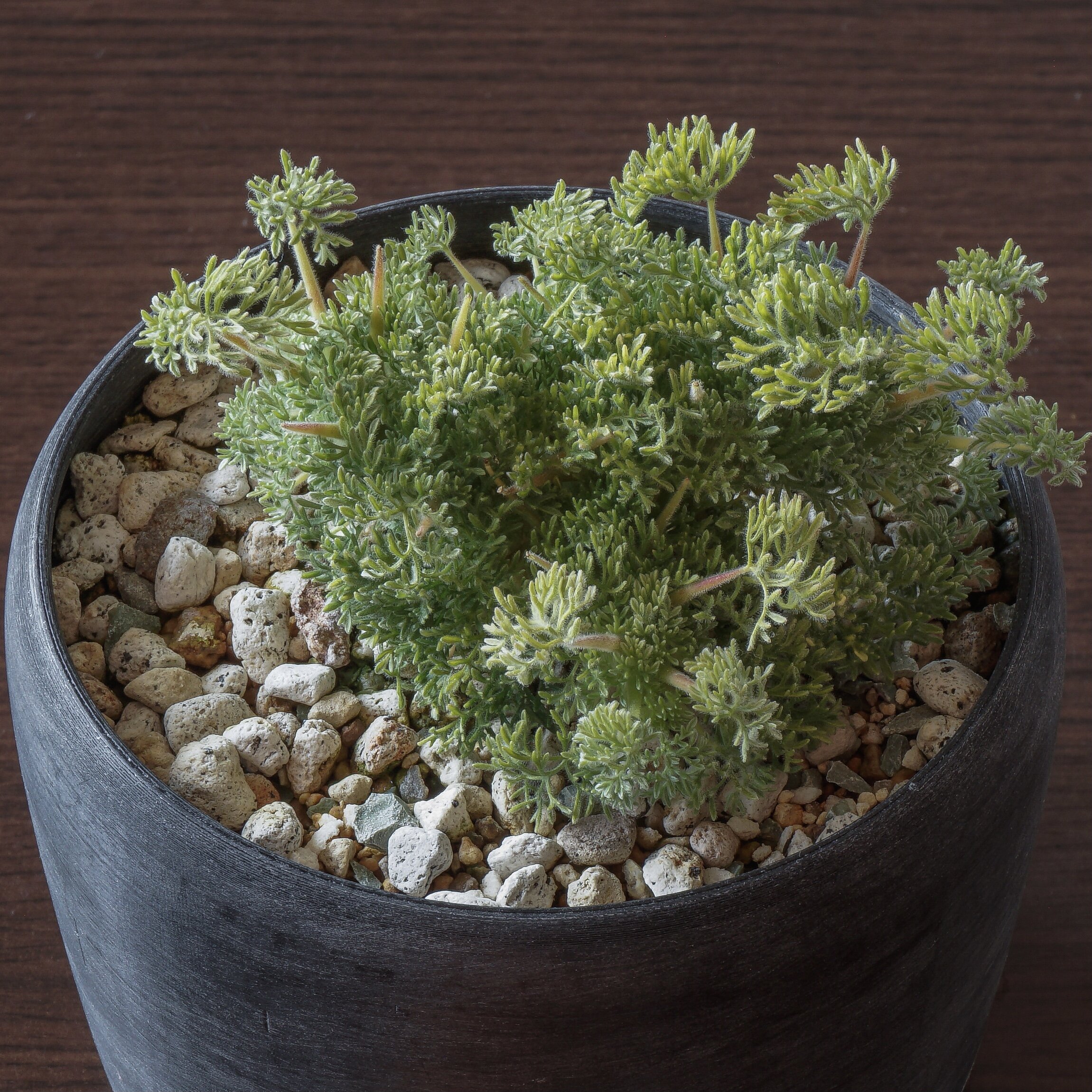
herrei 20.11.04
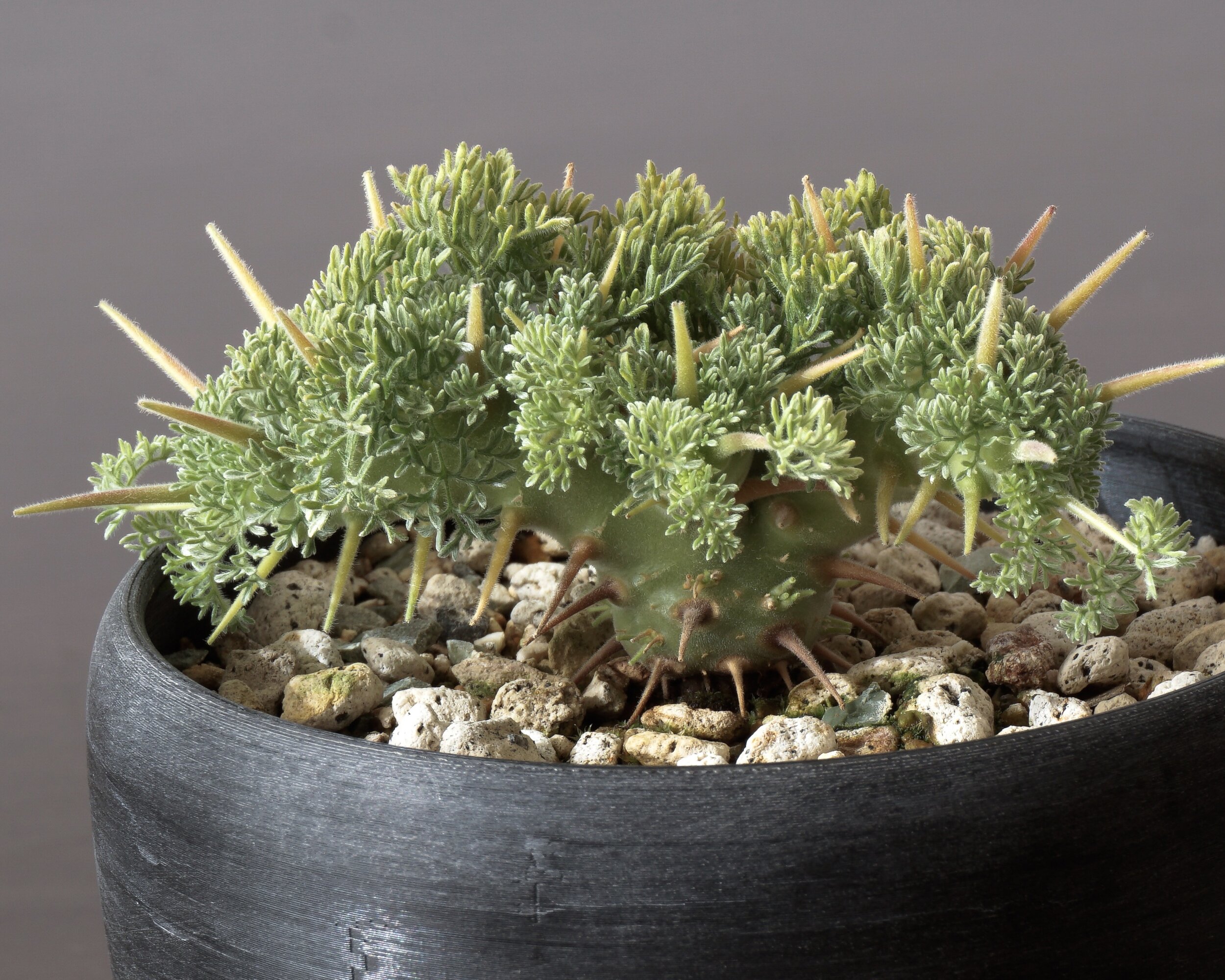
herrei 20.11.21

herrei 20.12.14
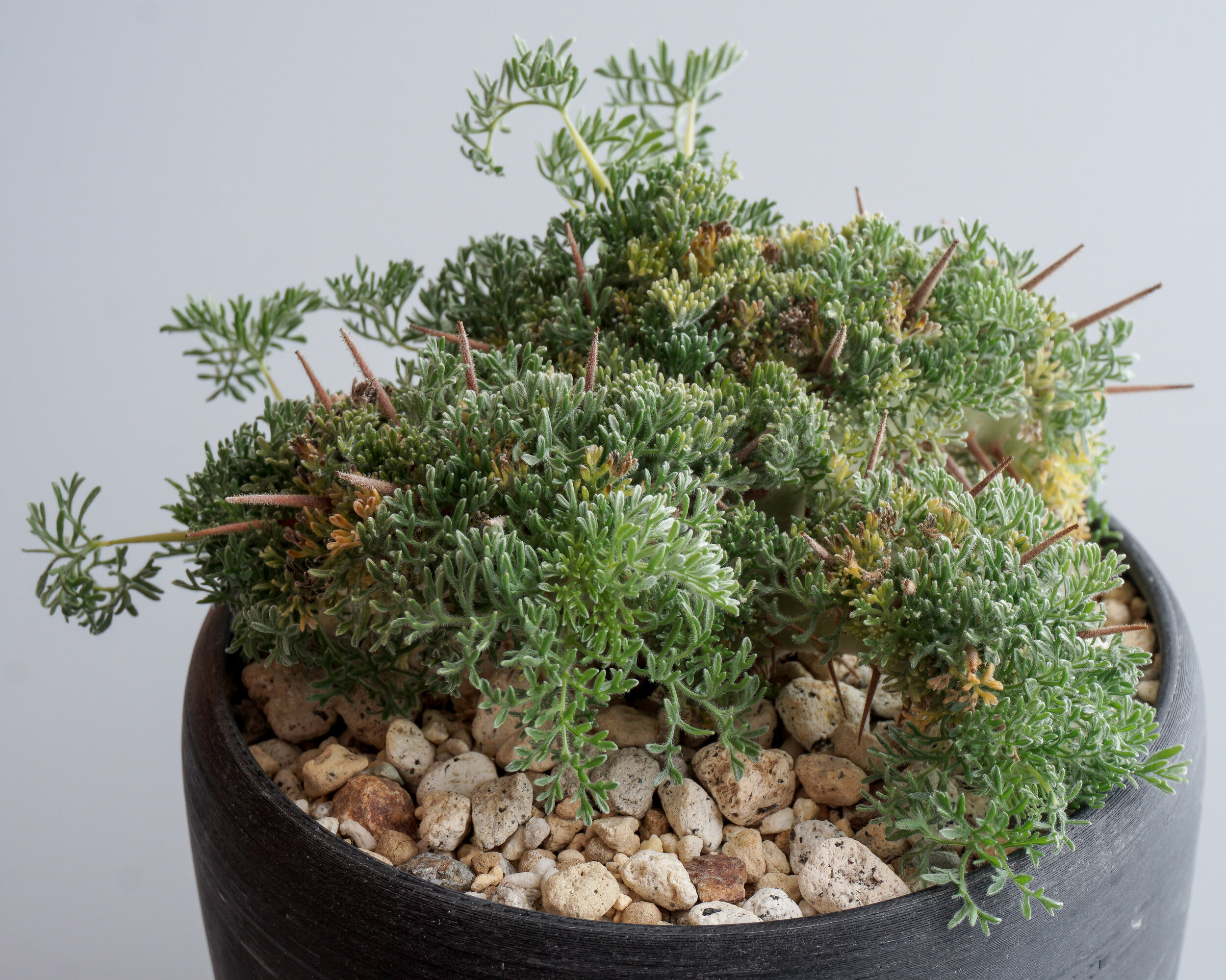
herrei 21.04.04

herrei 21.04.27
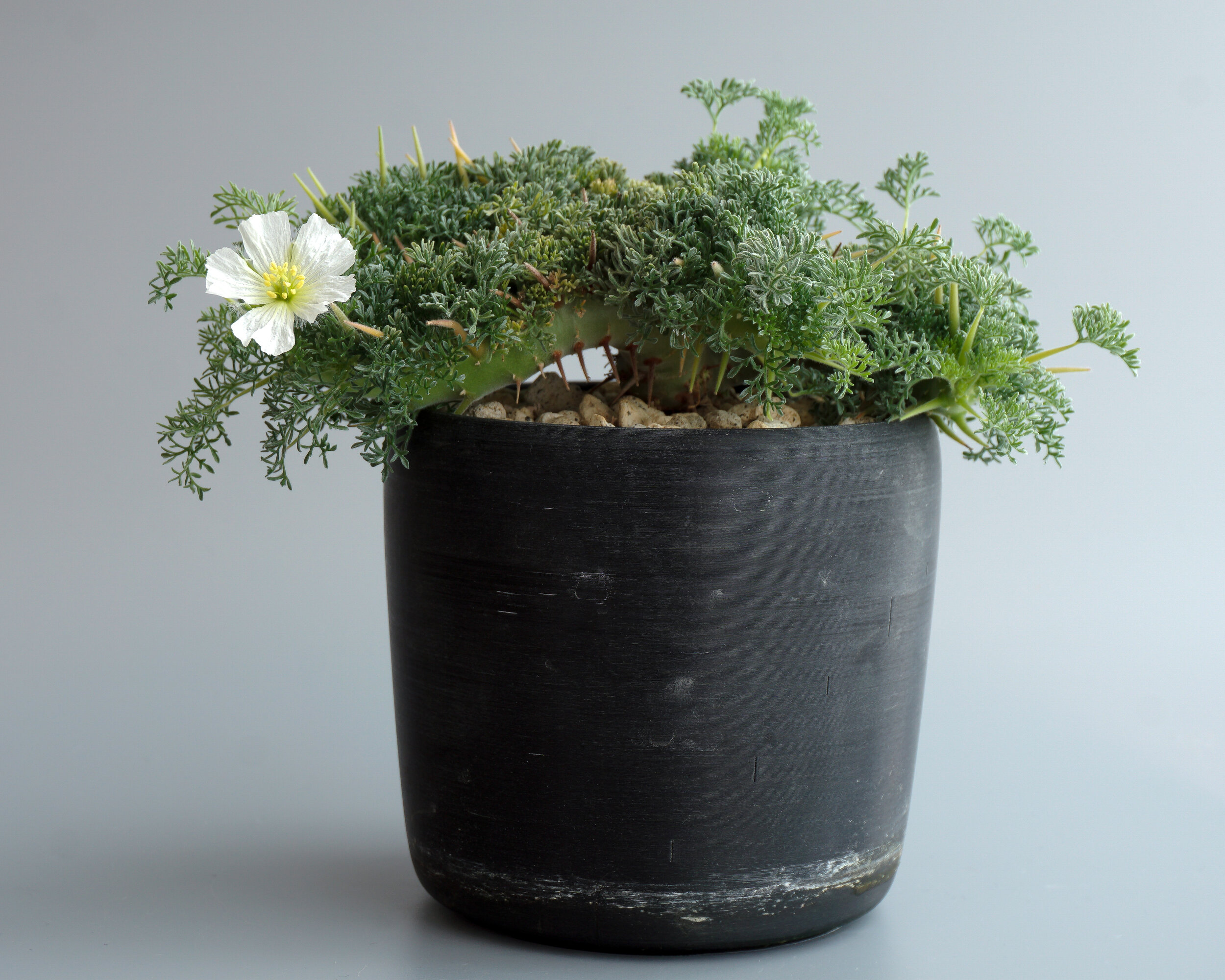
herrei 21.05.20

herrei 21.05.20

herrei 21.05.20

herrei 21.05.20

herrei(after trimming) 21.07.20

multifidum 20.11.14
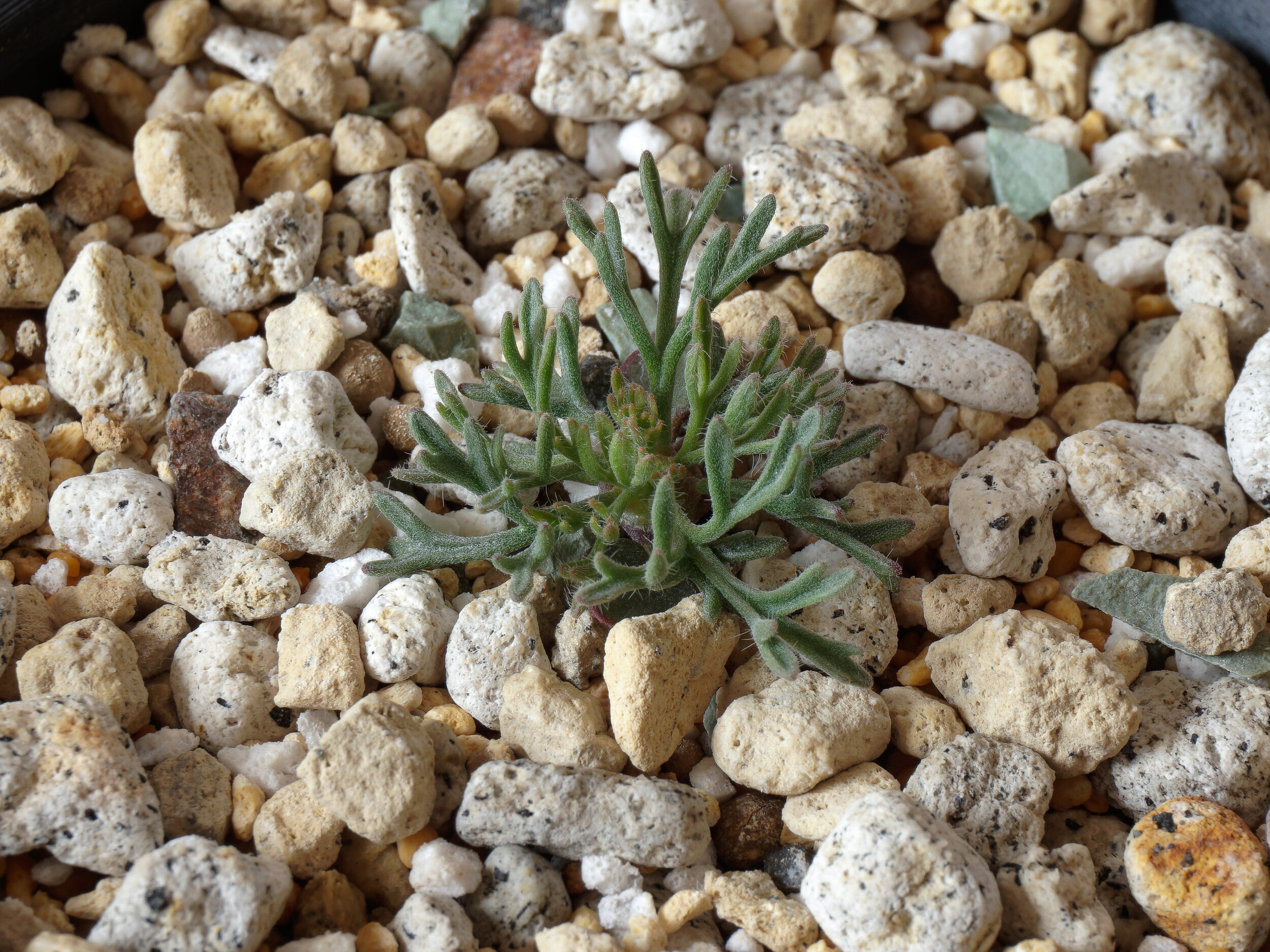
multifidum 20.12.10
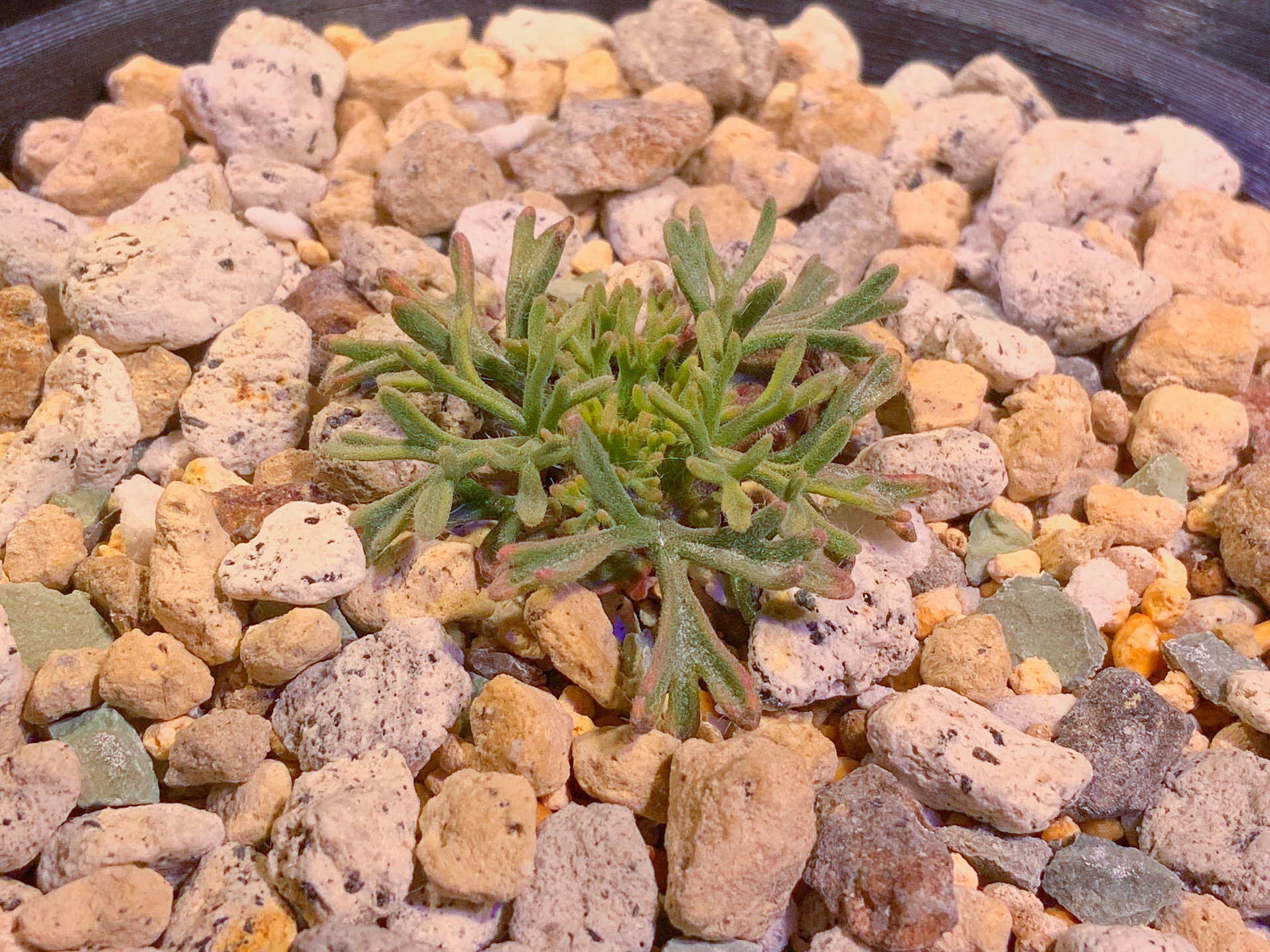
multifidum 20.12.20

multifidum 20.12.20

multifidum 20.12.28
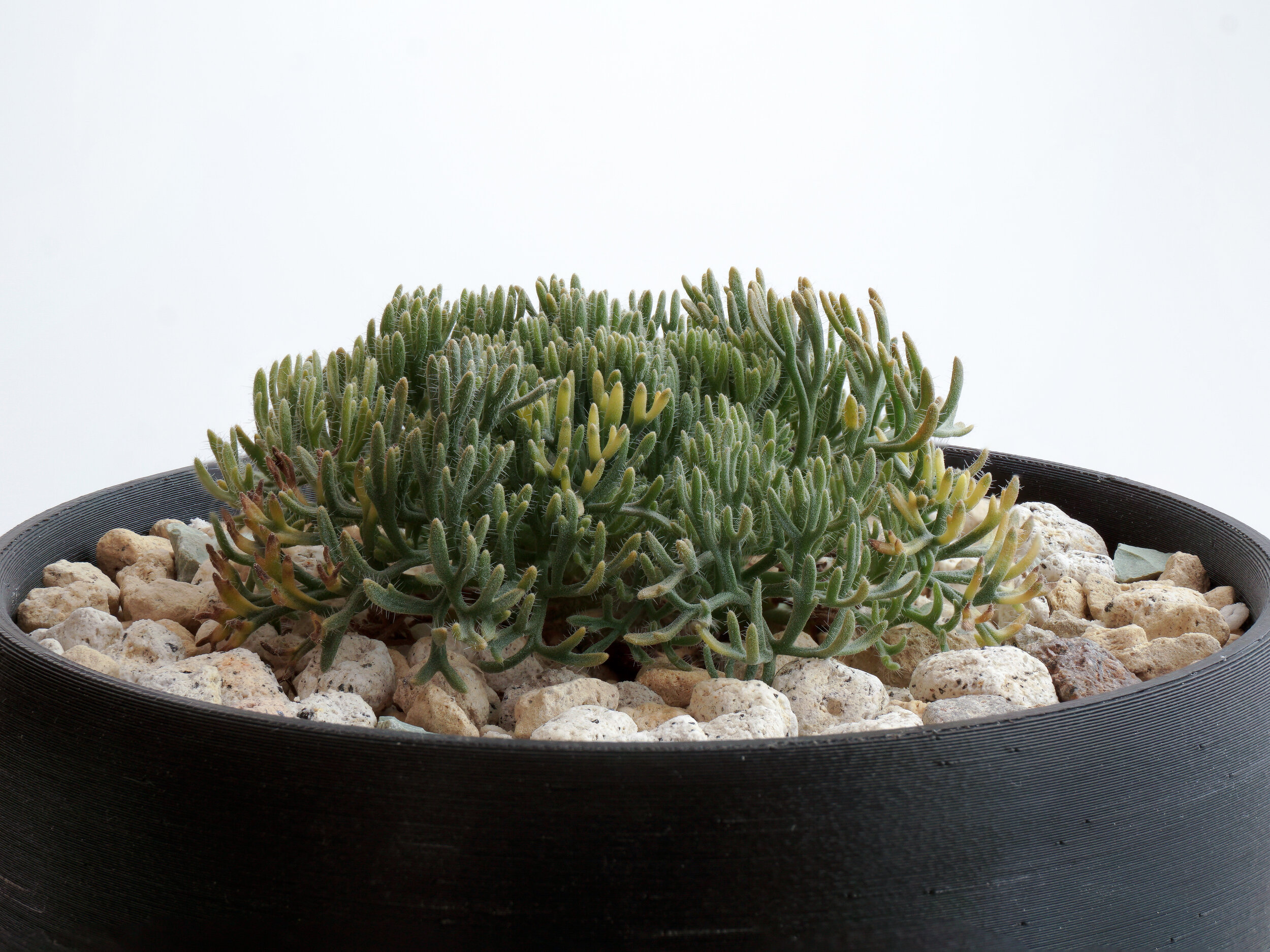
multifidum 21.02.13
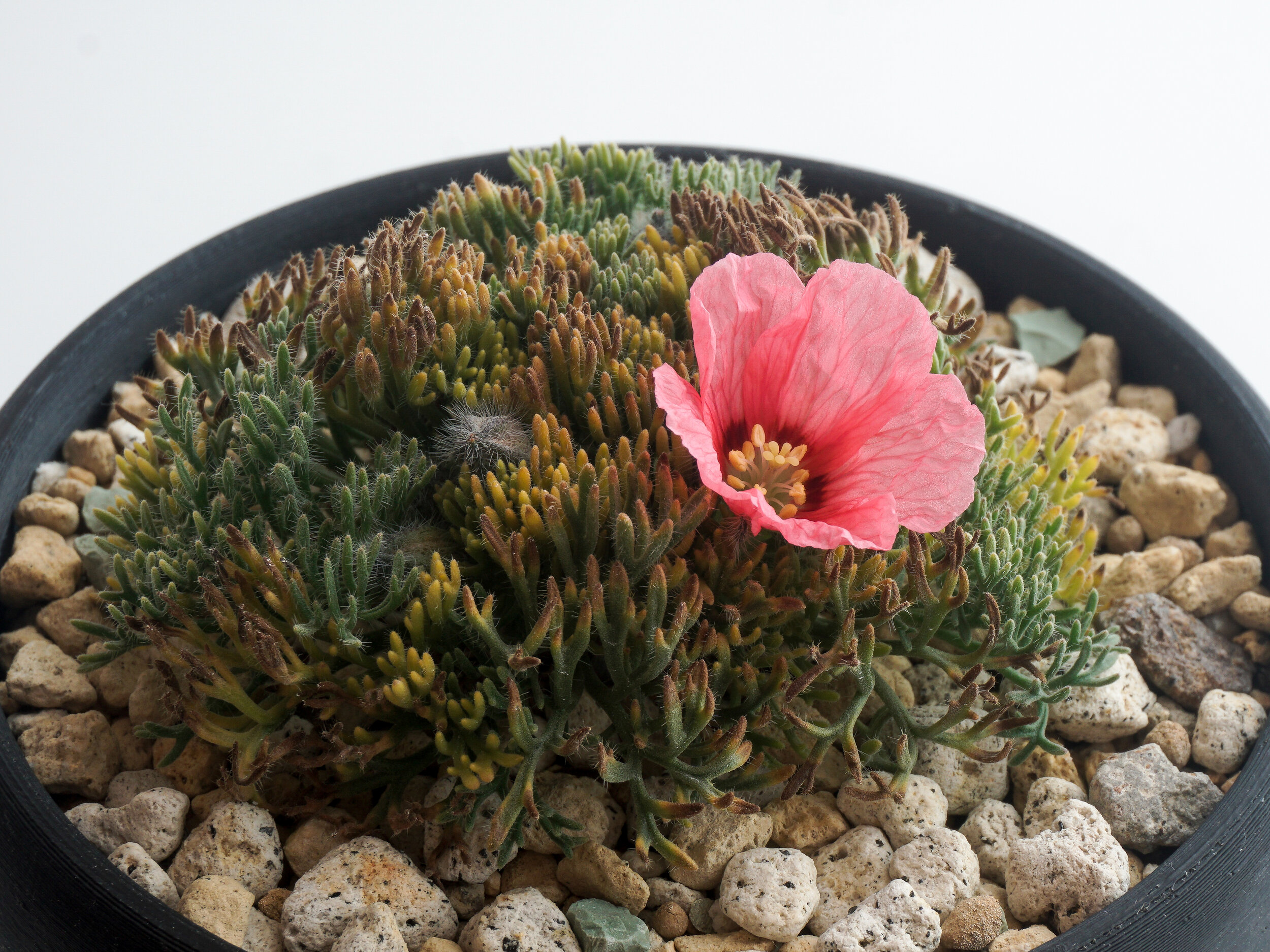
multifidum (red flower) 21.03.02

multifidum (red flower) 21.03.04
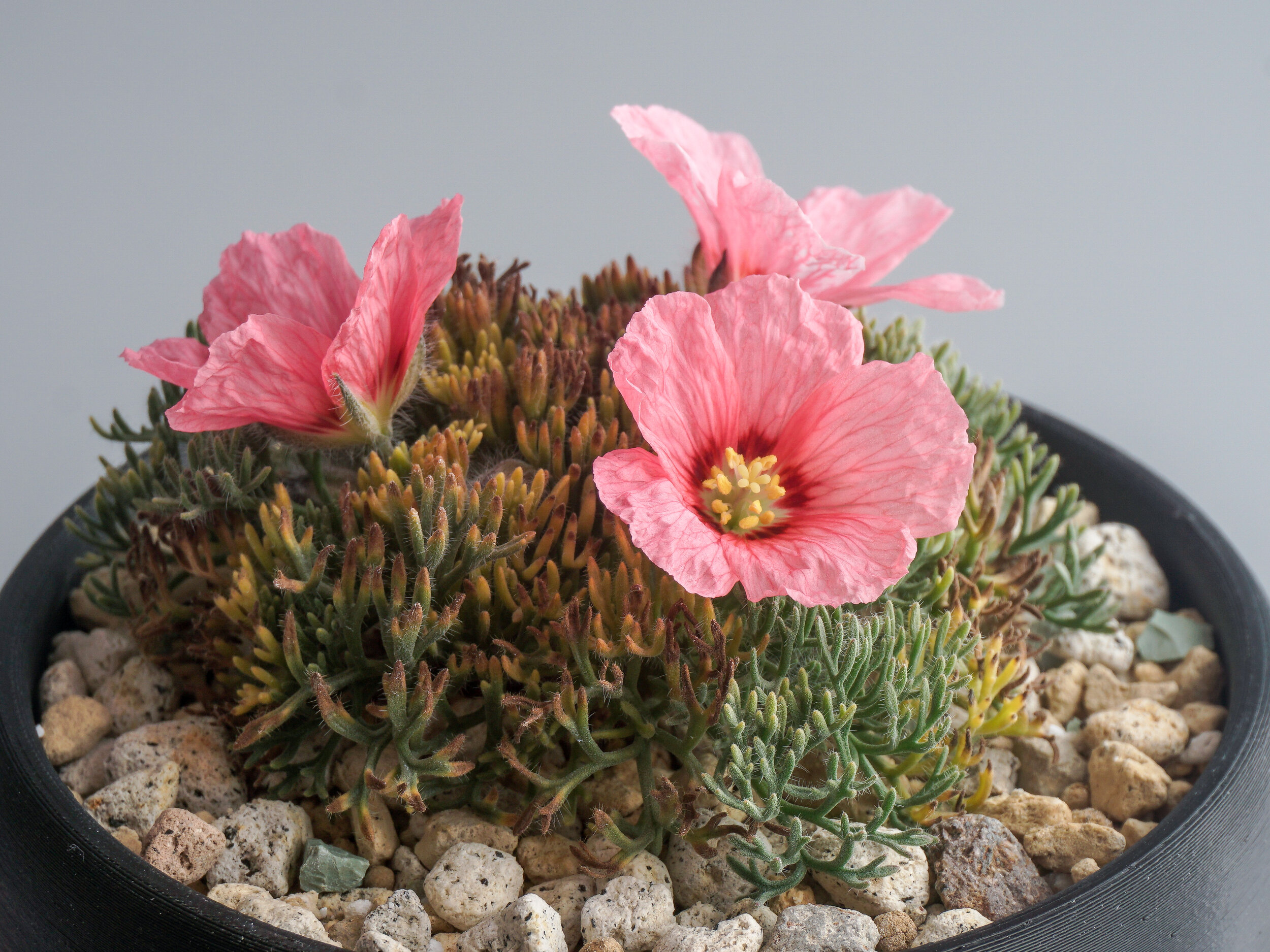
multifidum (red flower) 21.03.11

multifidum (pink flower) 21.04.04

multifidum (pink flower) 21.05.14

multifidum (pink flower) 21.05.14

multifidum (pink flower) 21.07.09
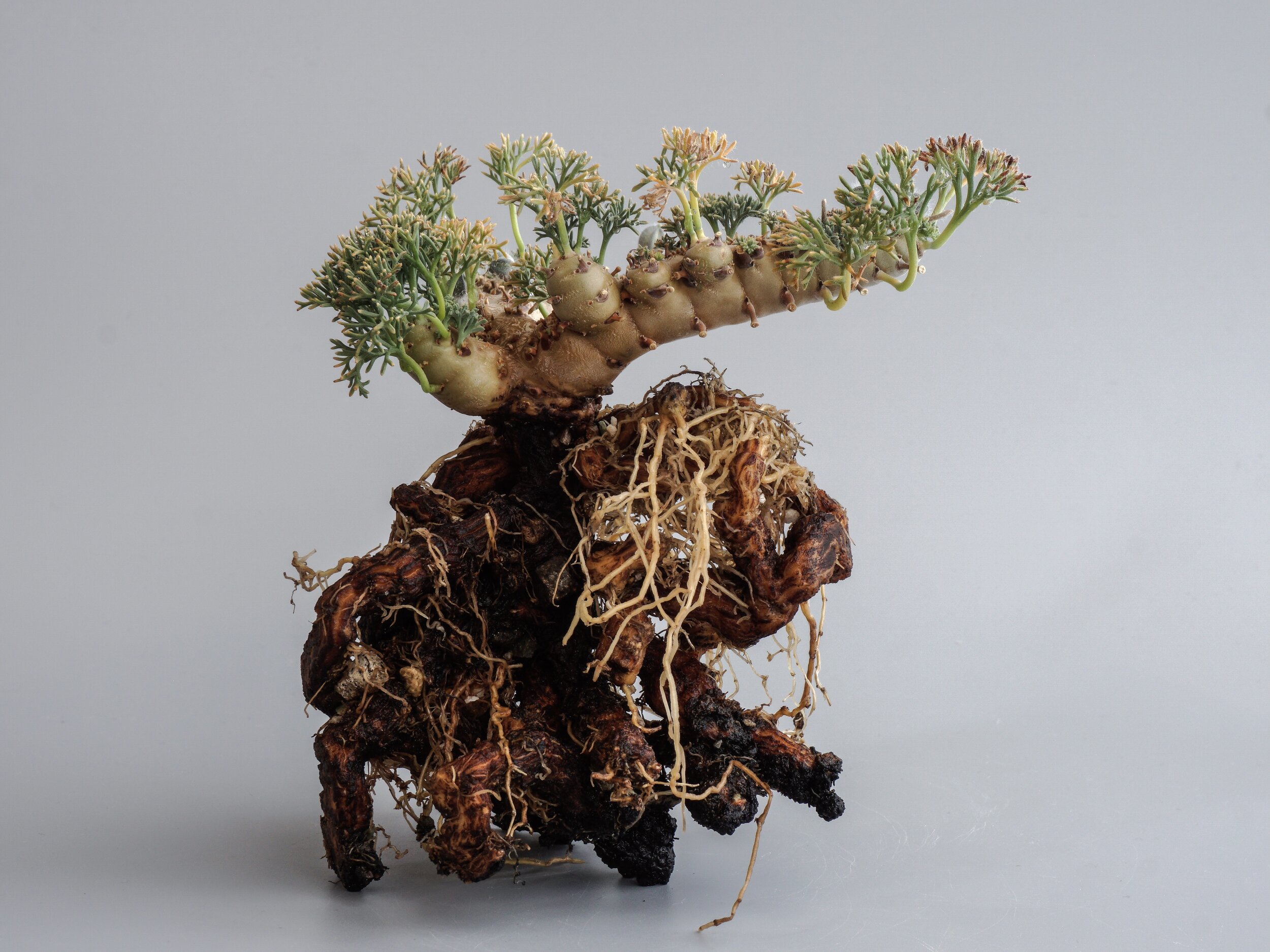
multifidum (pink flower) 21.10.07

peniculinum 20.12.10
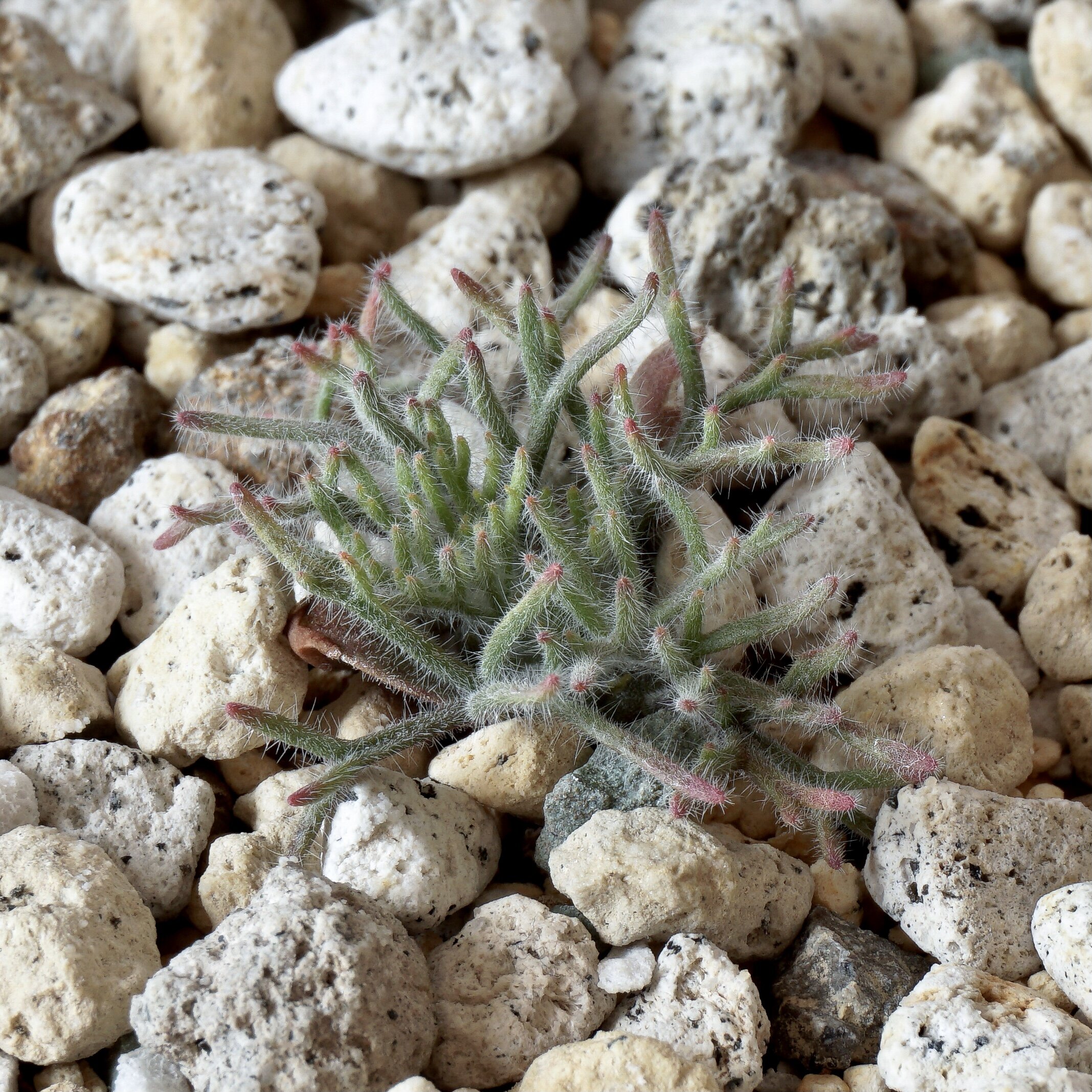
peniculinum 20.12.10

peniculinum 20.12.20
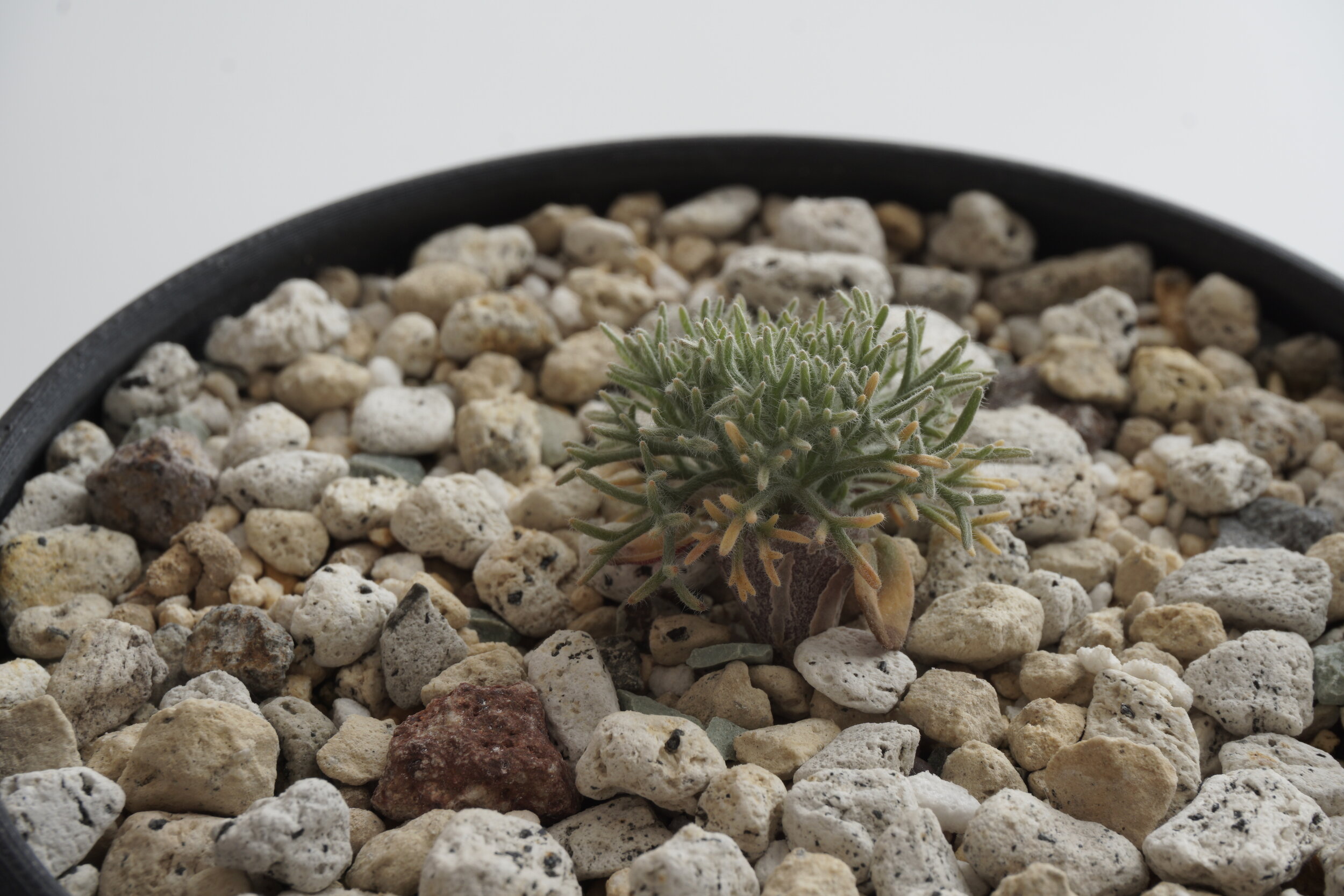
peniculinum 20.12.29

peniculinum 21.01.17

peniculinum 21.01.31

peniculinum 21.02.01

peniculinum 21.02.03
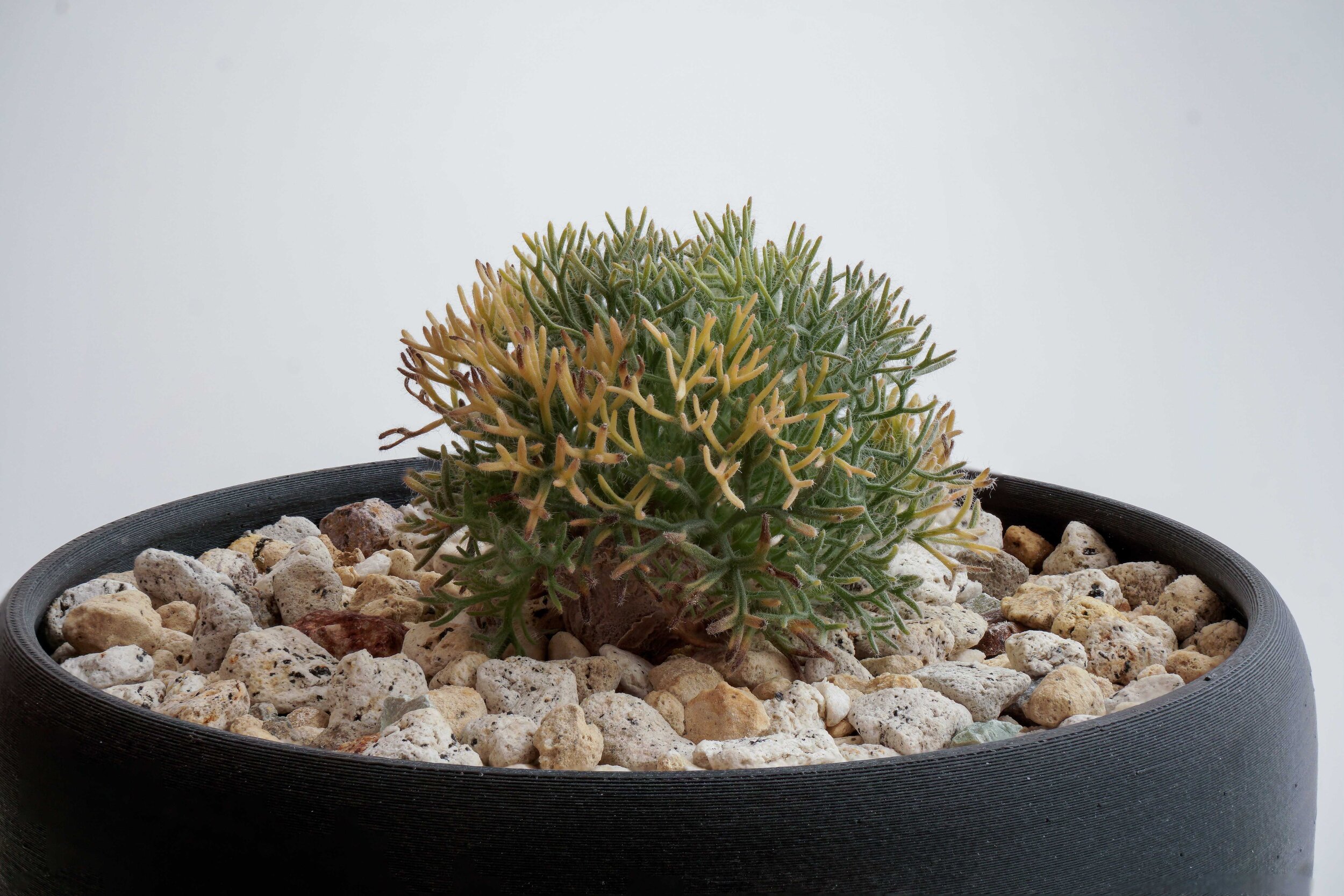
peniculinum 21.02.13

peniculinum 21.02.27 01
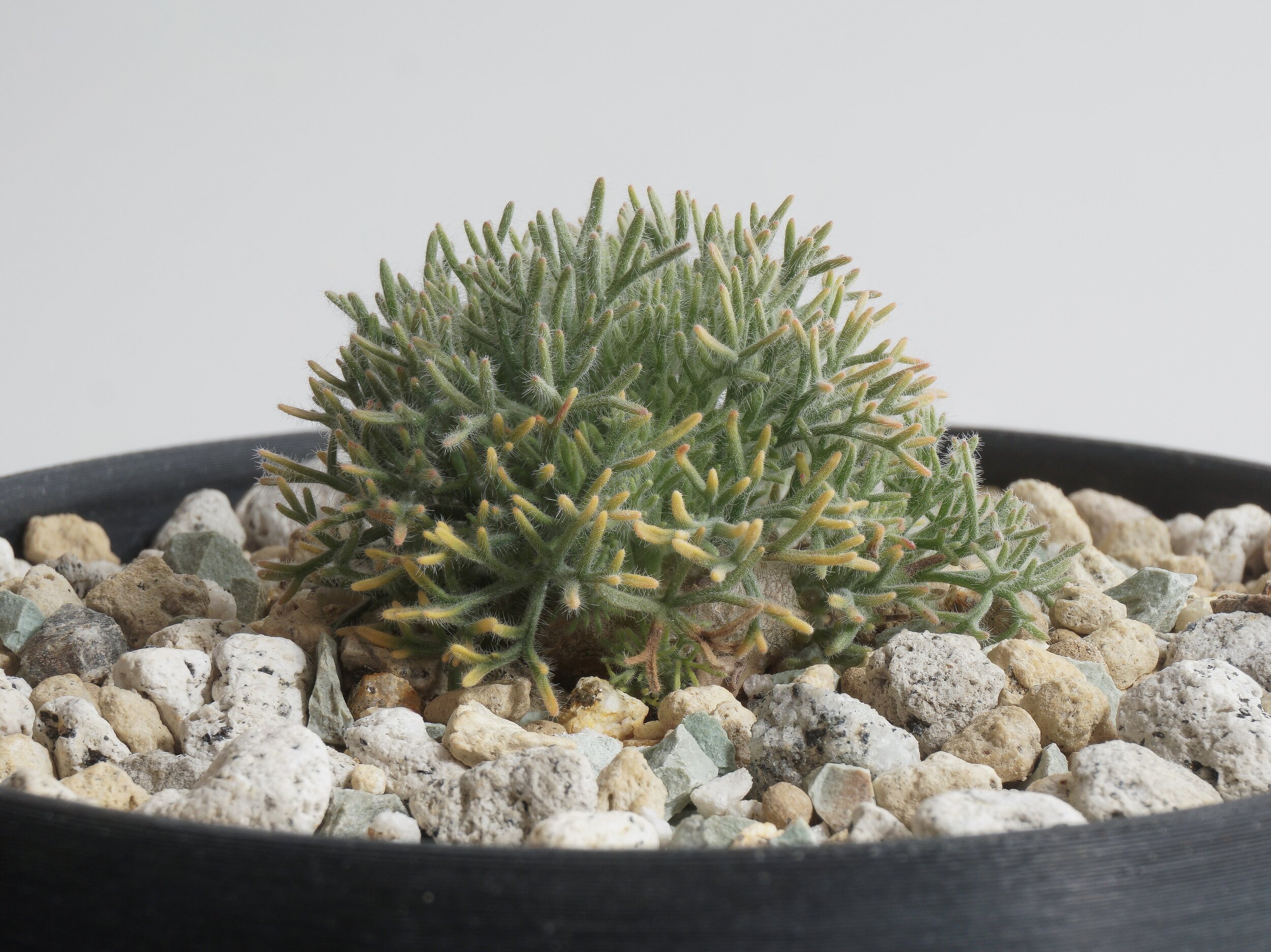
peniculinum 21.02.27 02

peniculinum 21.03.11

peniculinum 21.03.27

peniculinum 21.03.29

peniculinum 21.03.29

peniculinum 21.04.13

peniculinum 21.04.13

peniculinum 21.04.15

peniculinum 21.04.15

peniculinum 21.05.09

peniculinum 21.05.09
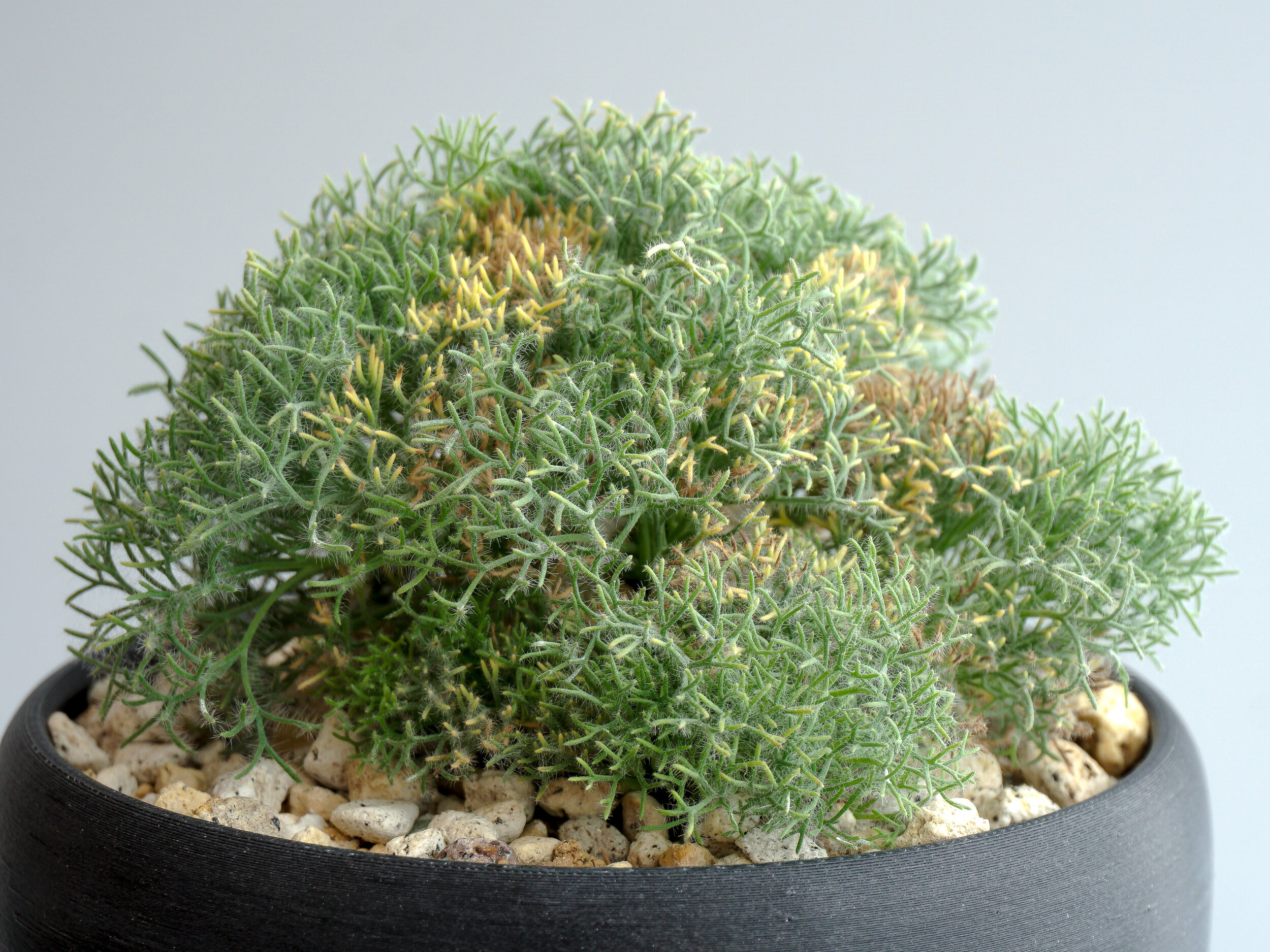
peniculinum 21.05.20

peniculinum 21.07.09
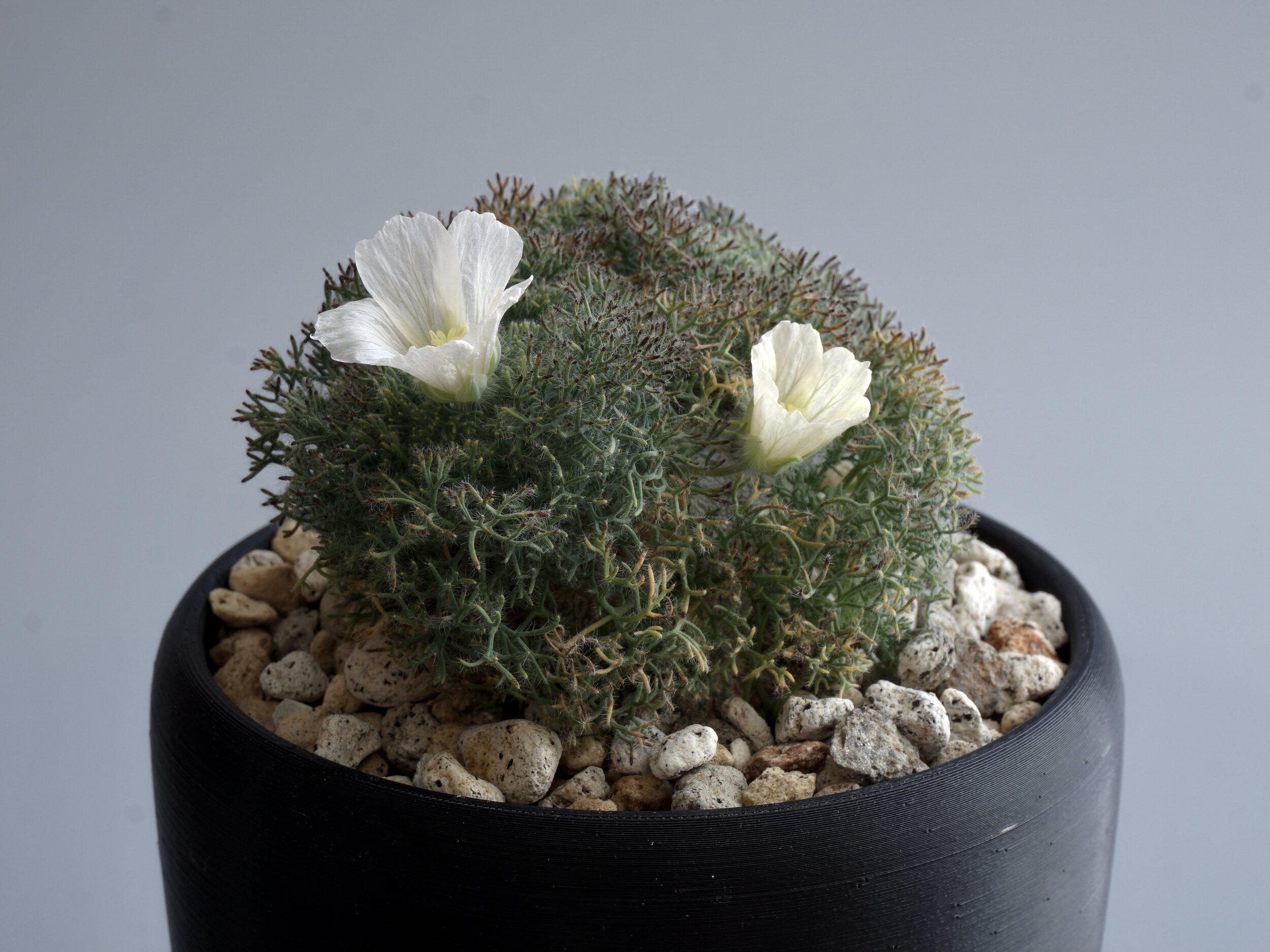
peniculinum 21.07.09

peniculinum 21.07.29
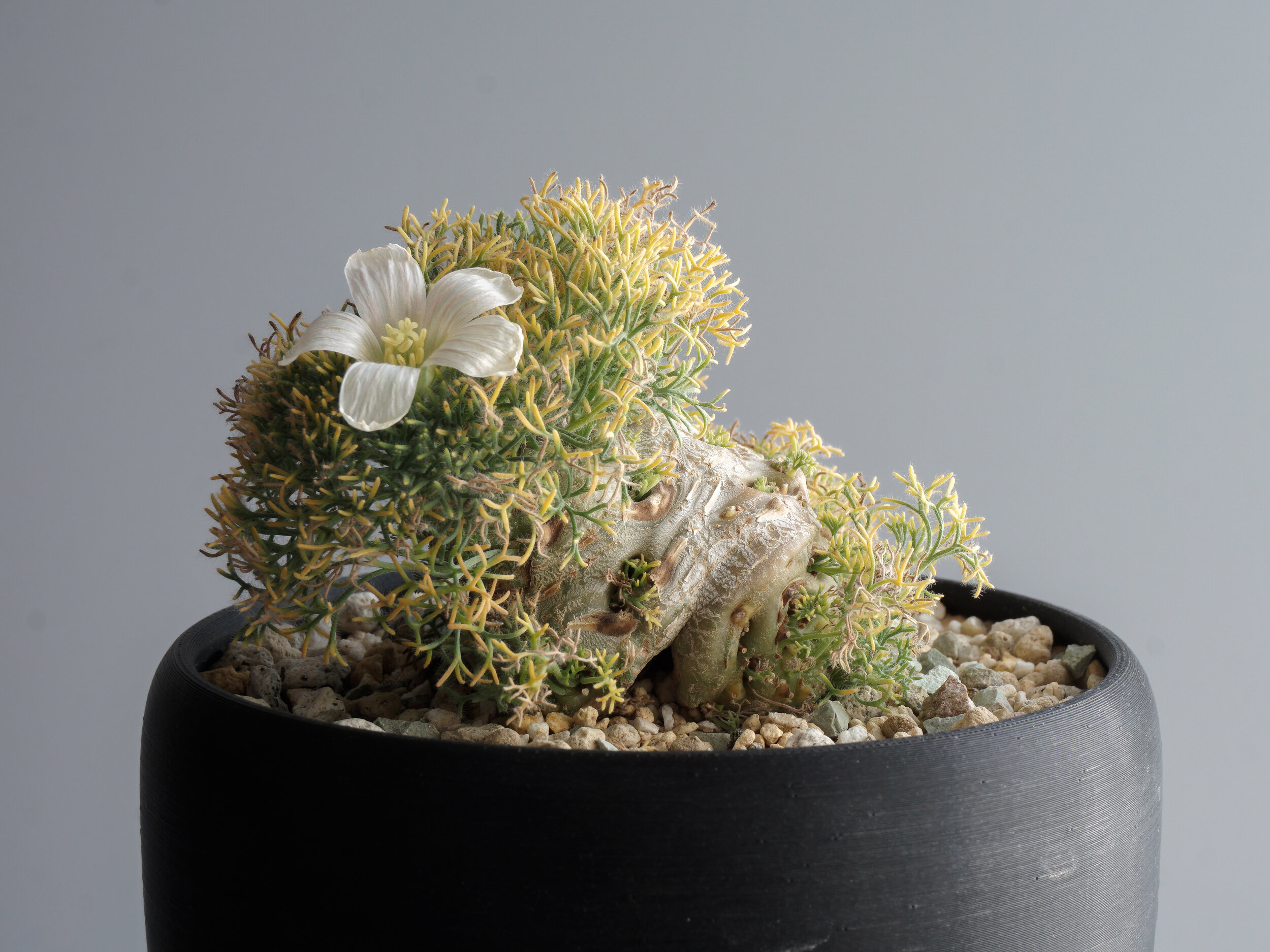
peniculinum 21.07.29

peniculinum 21.07.29
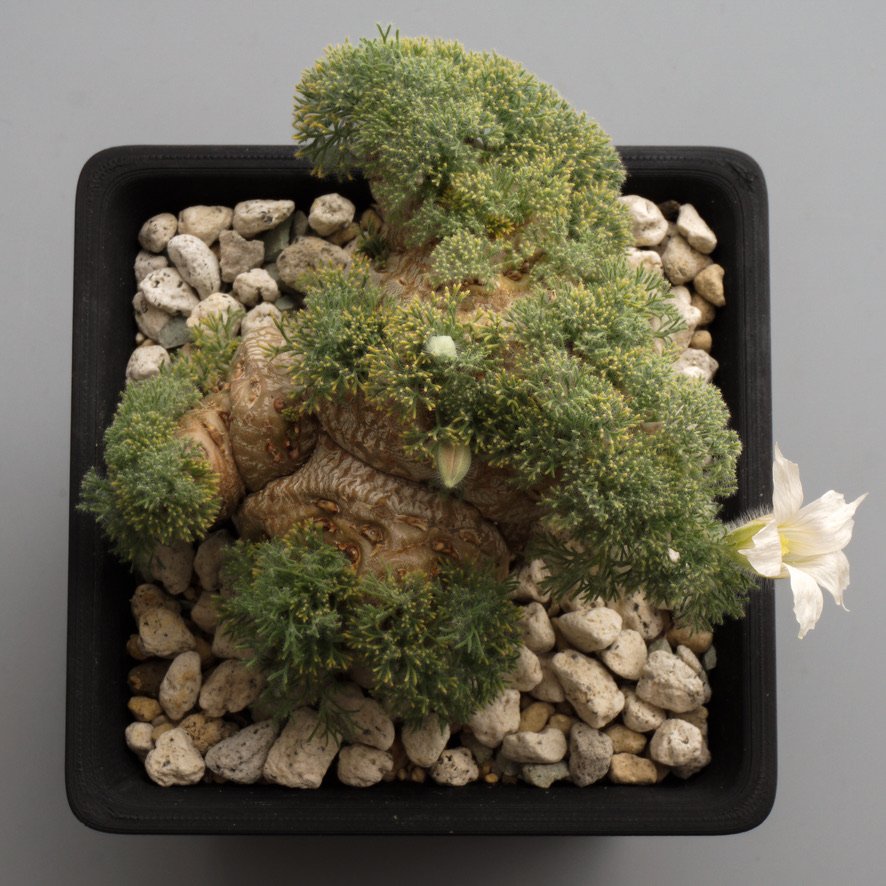
peniculinum 21.11.12
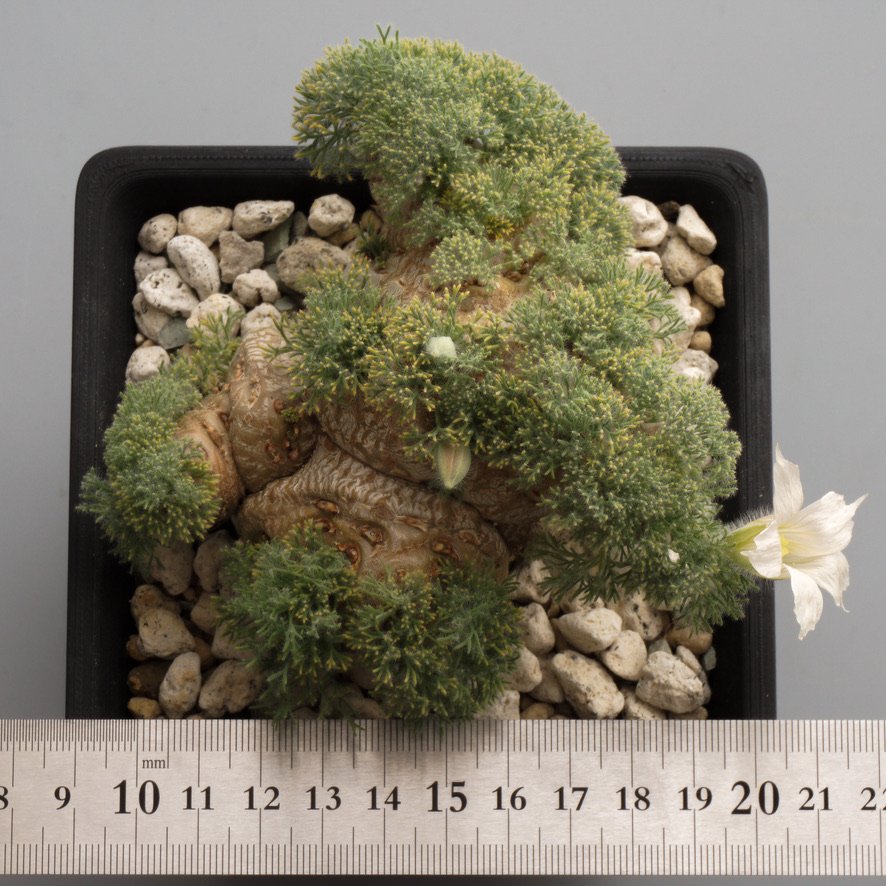
peniculinum 21.11.12

peniculinum 21.11.12
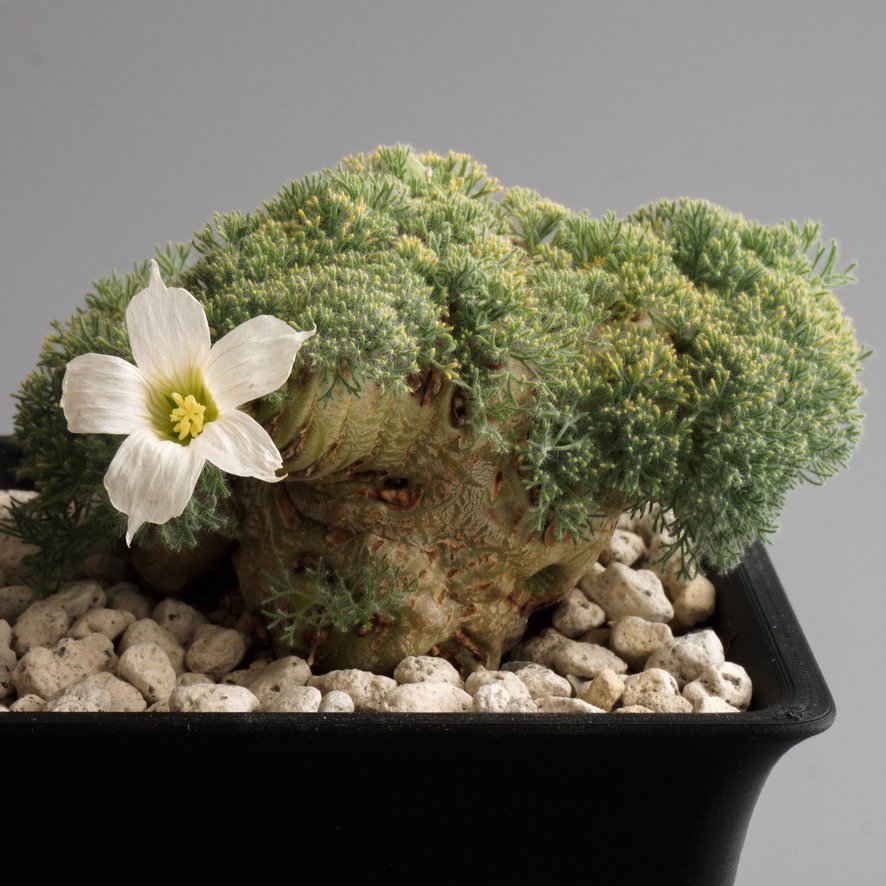
peniculinum 21.11.12
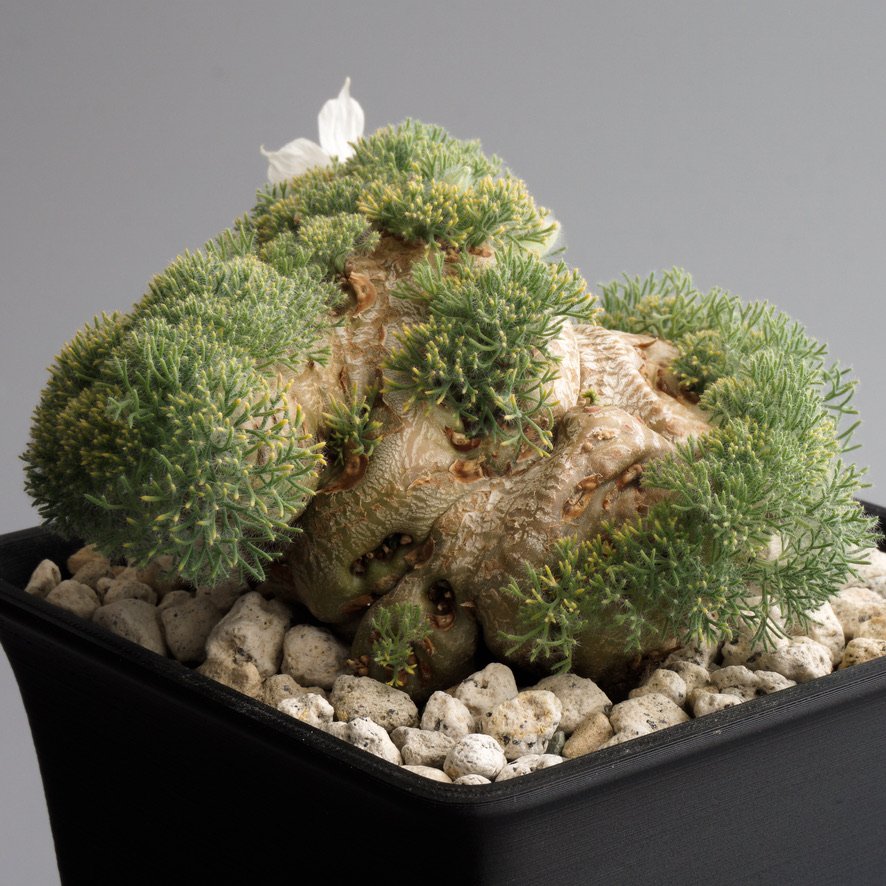
peniculinum 21.11.12
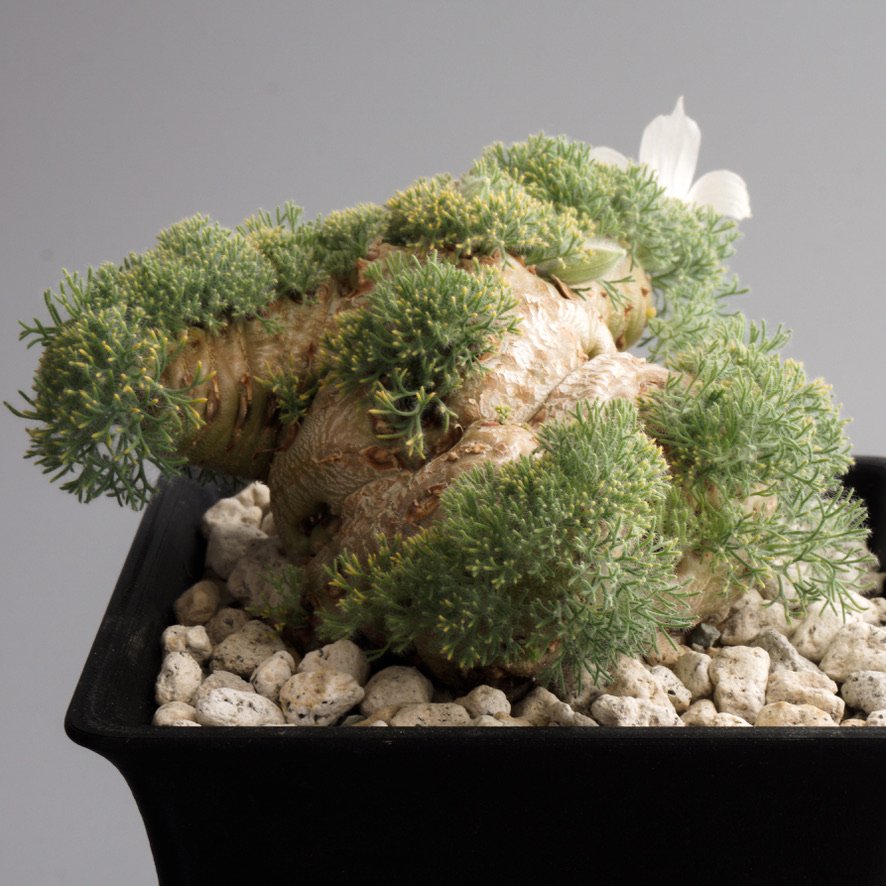
peniculinum 21.11.12

Soil 01

Soil 02



